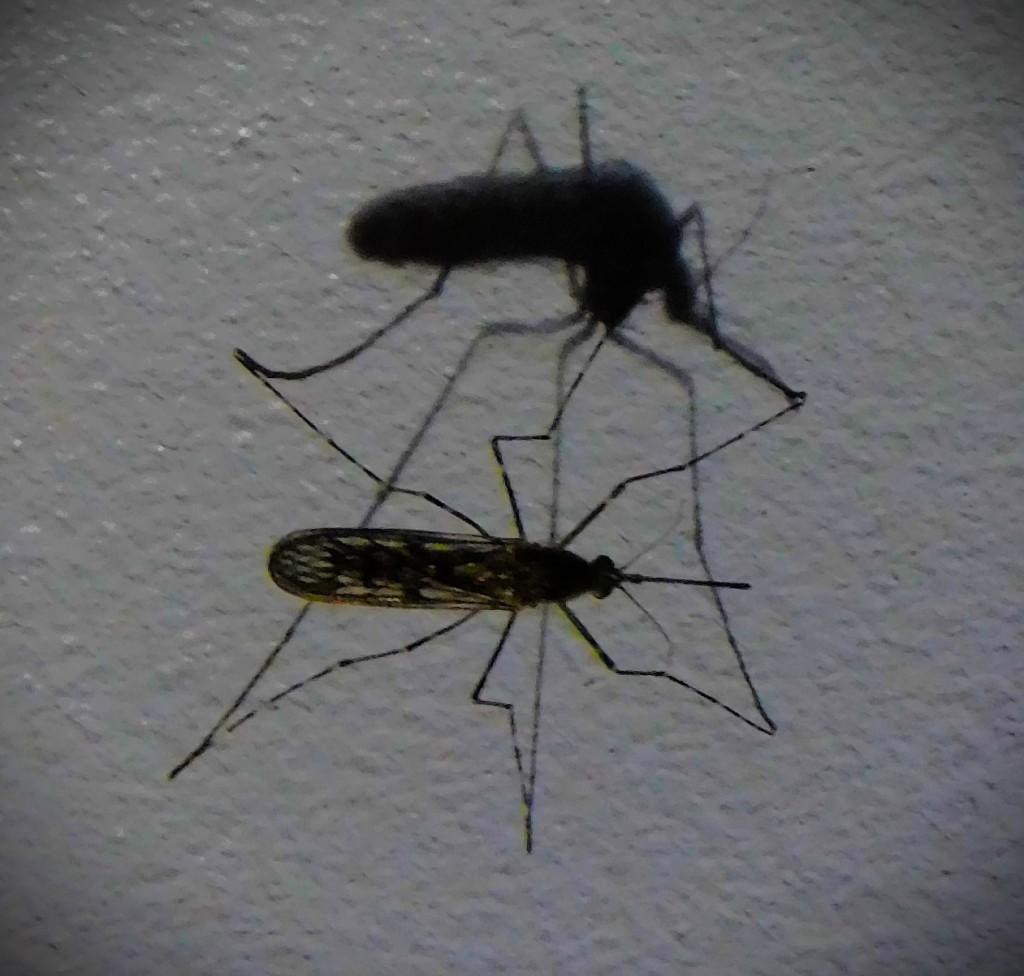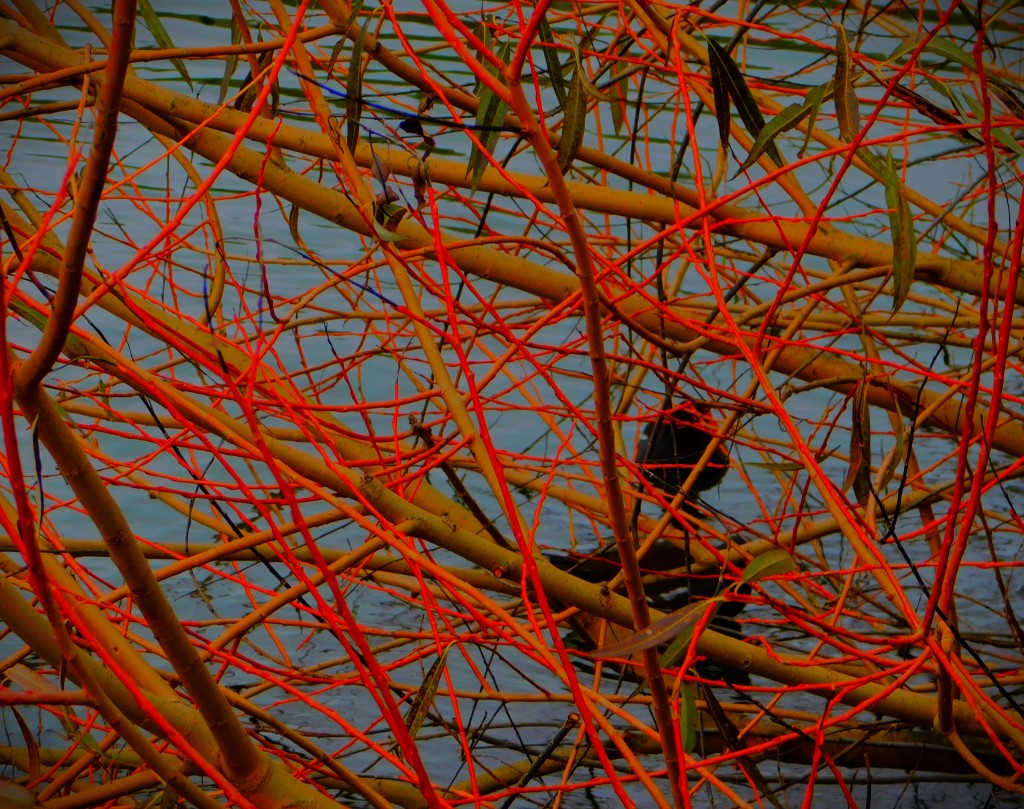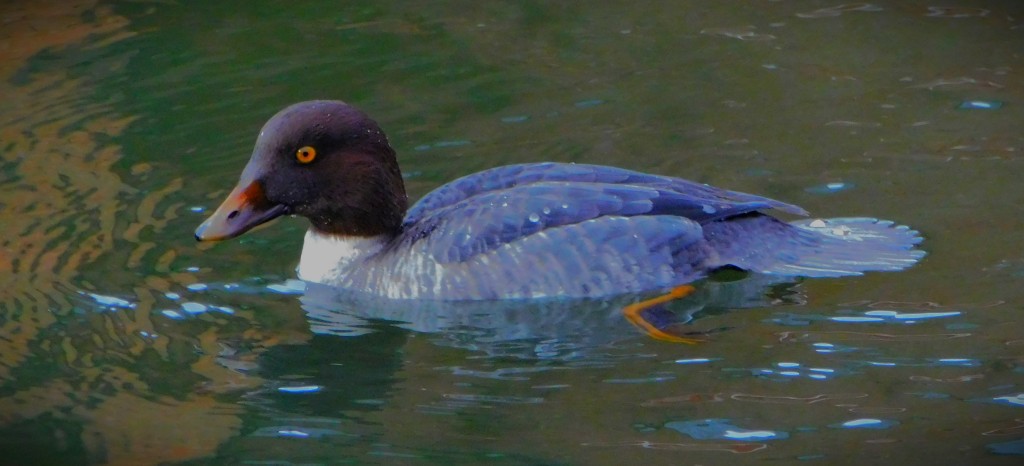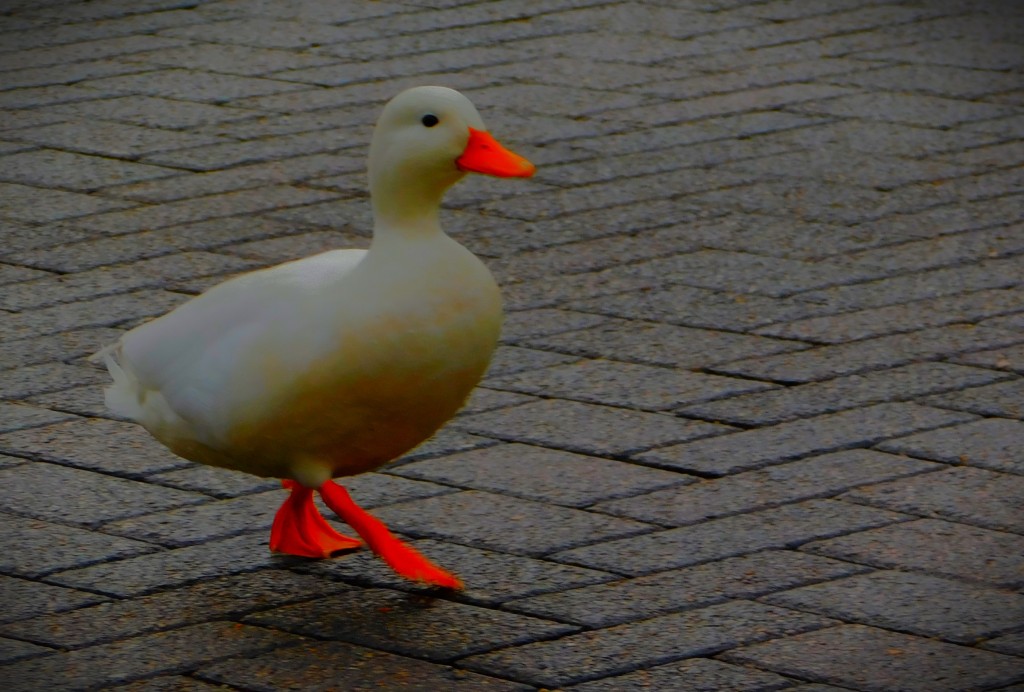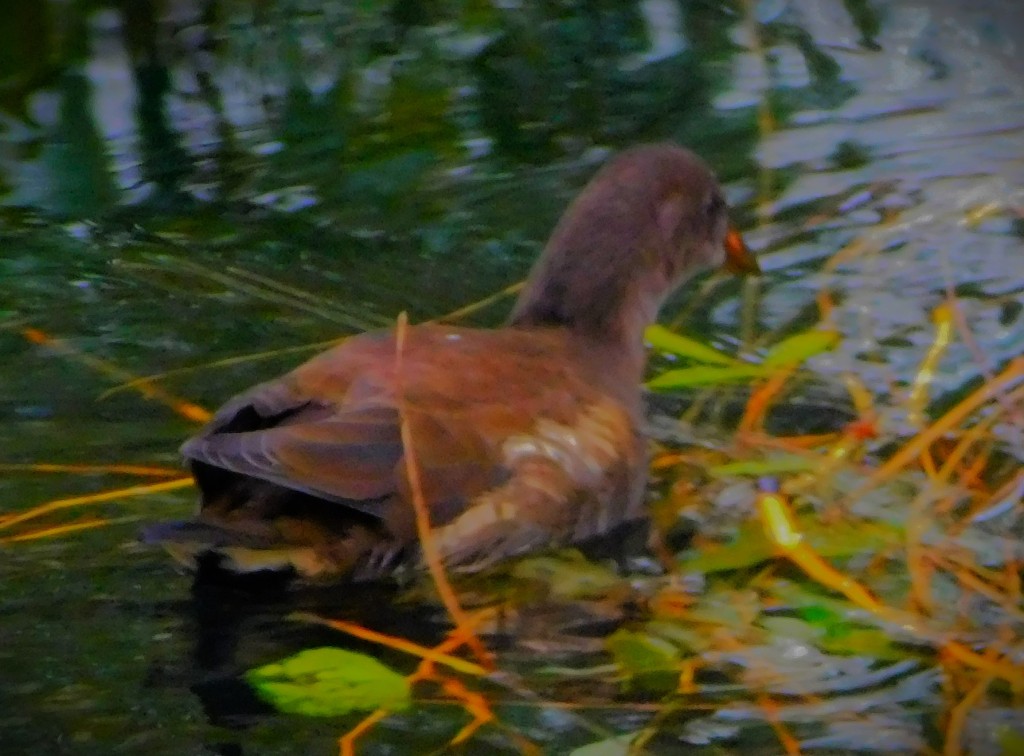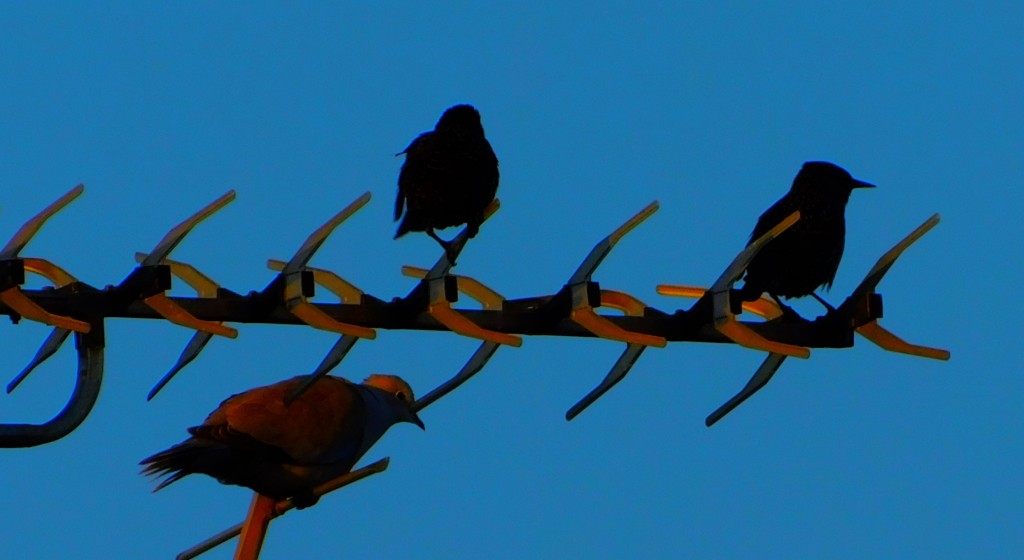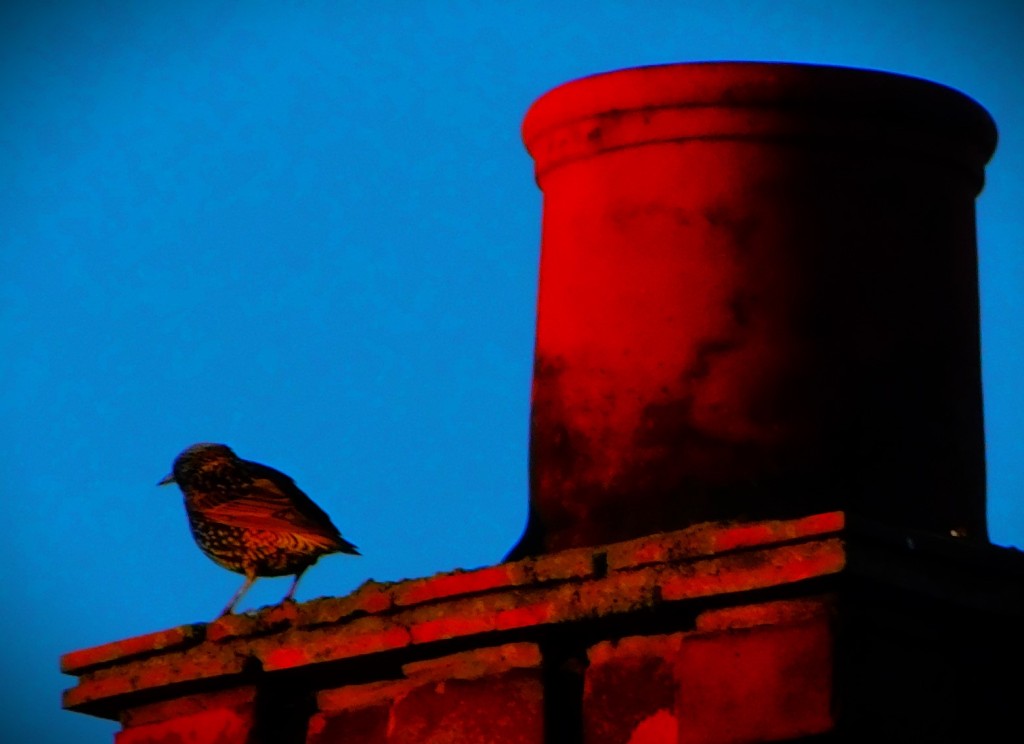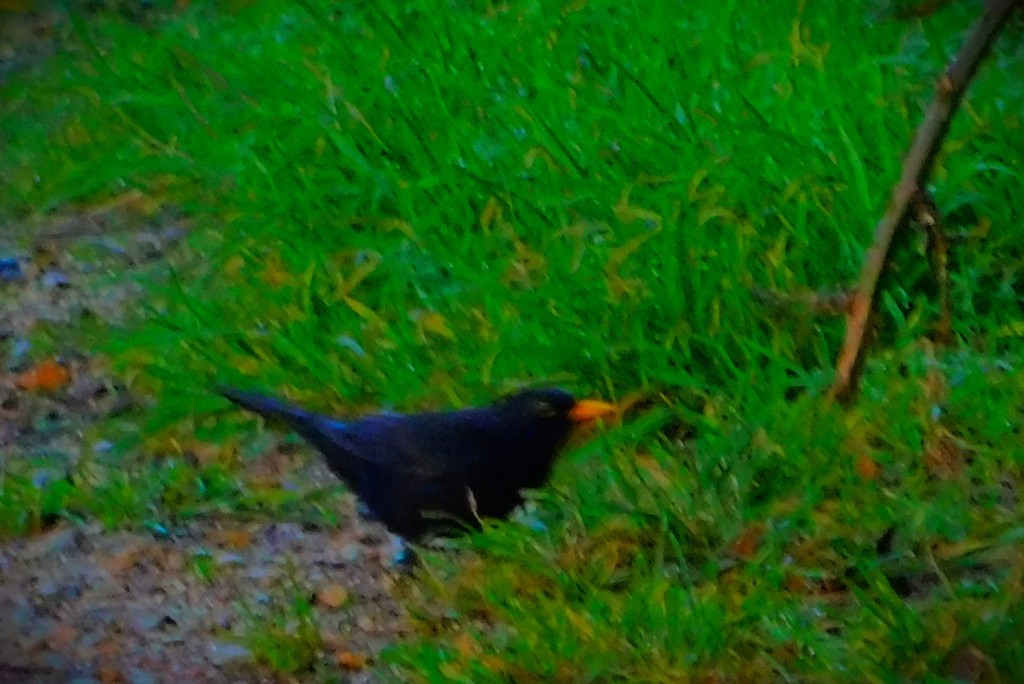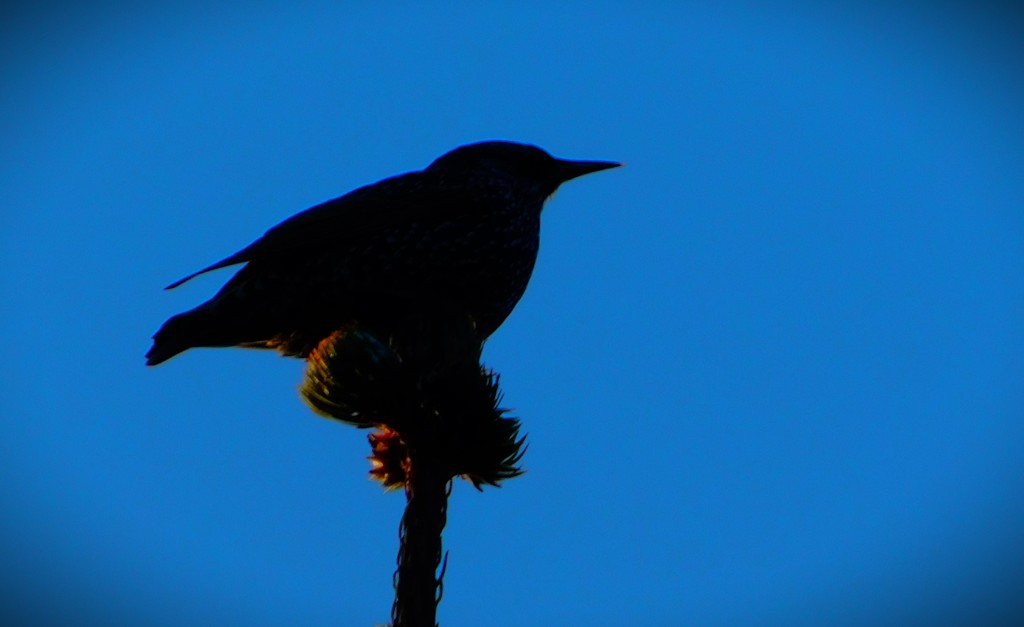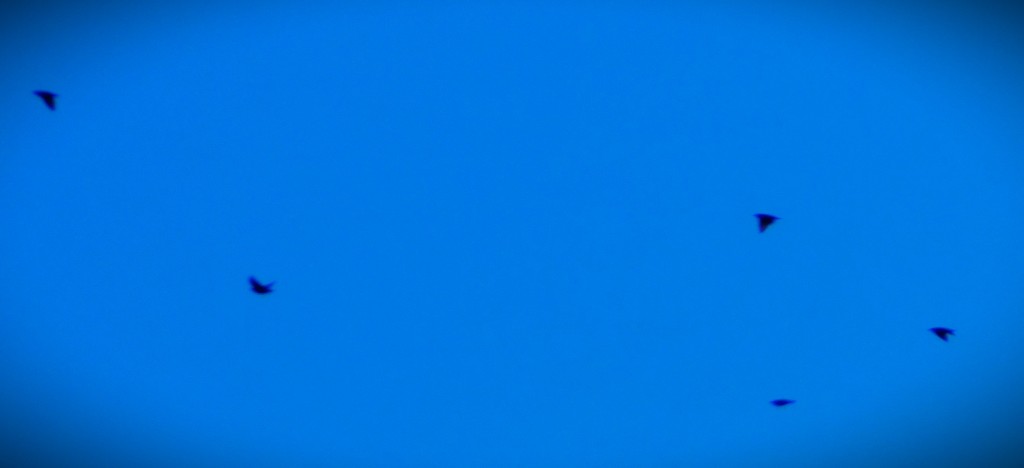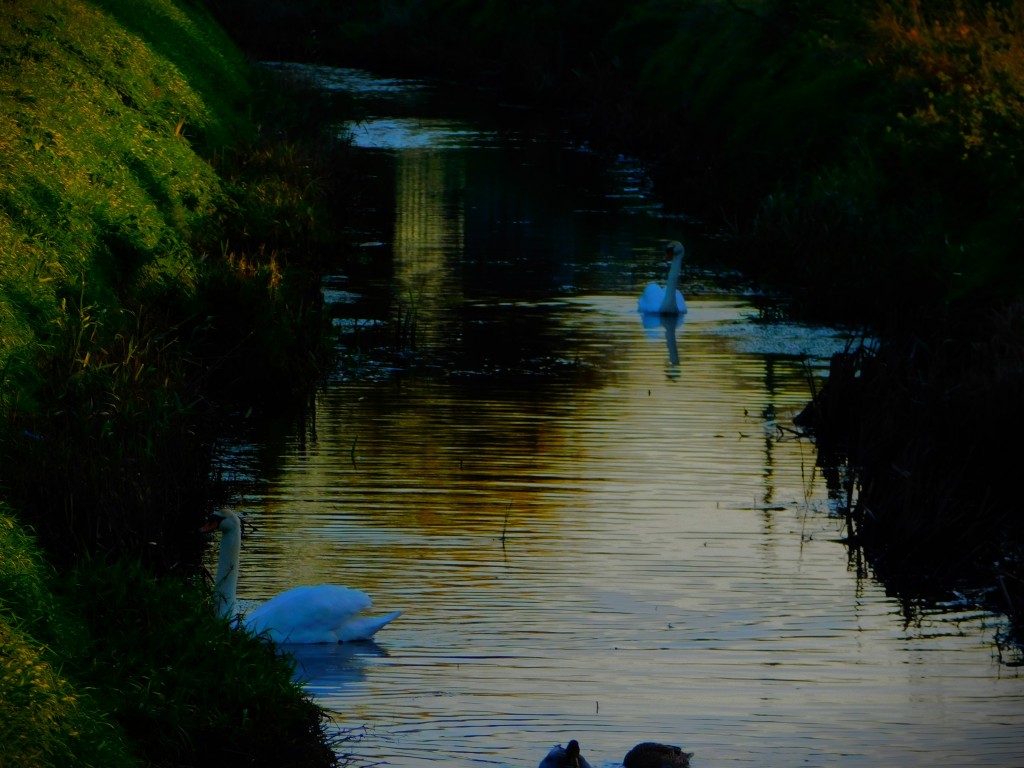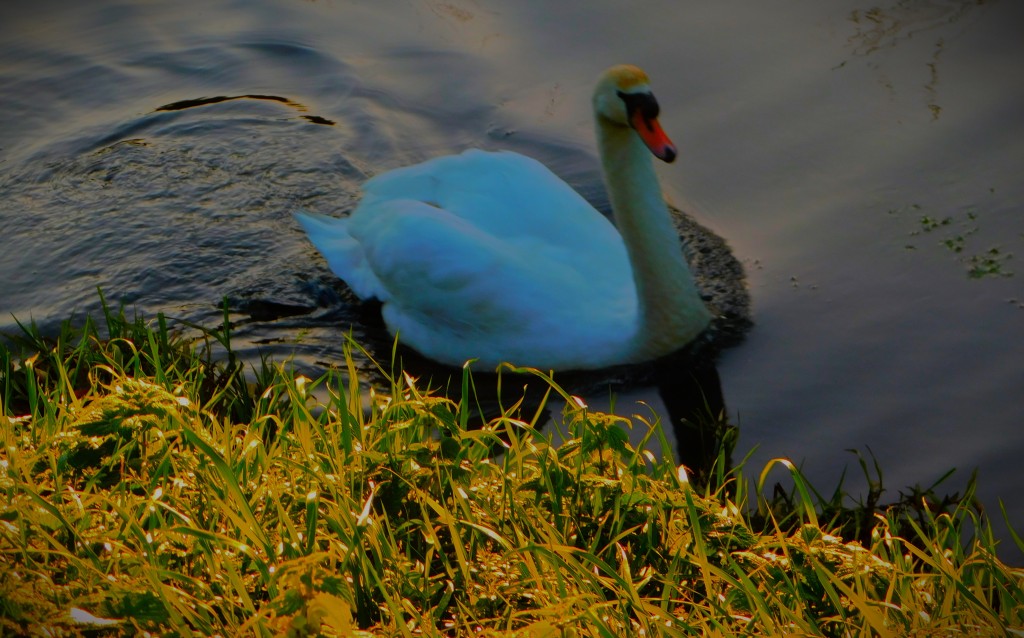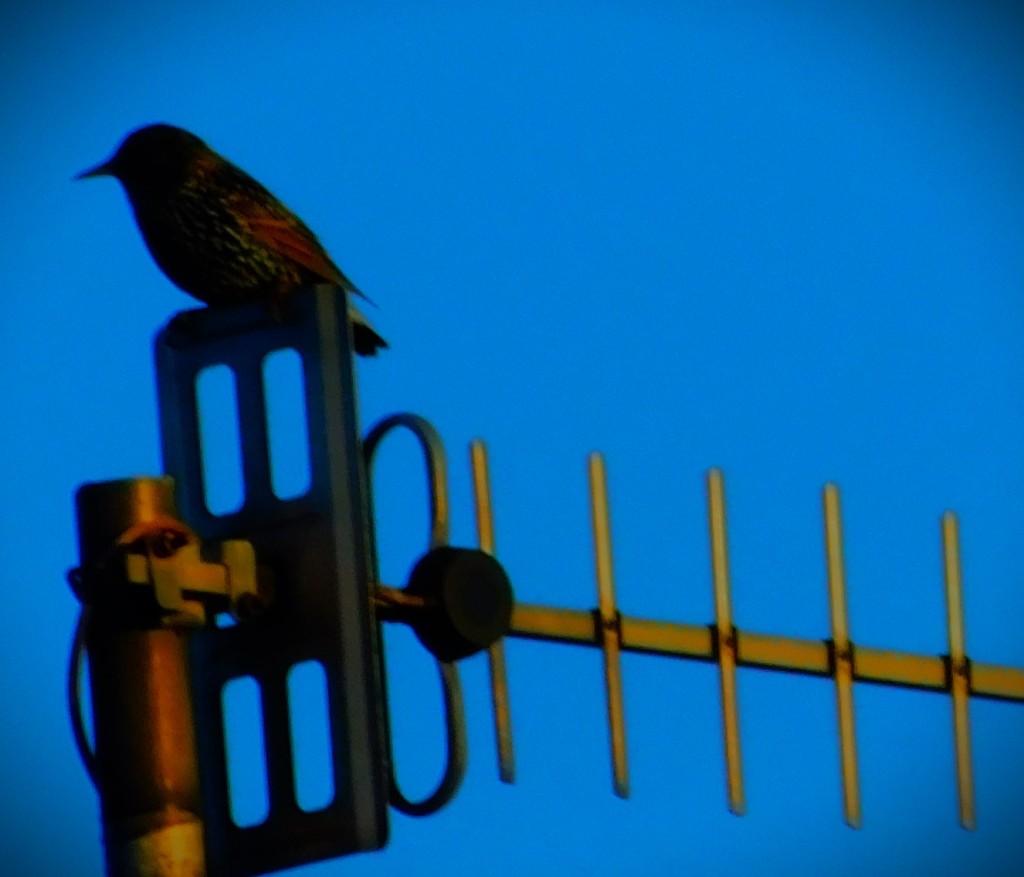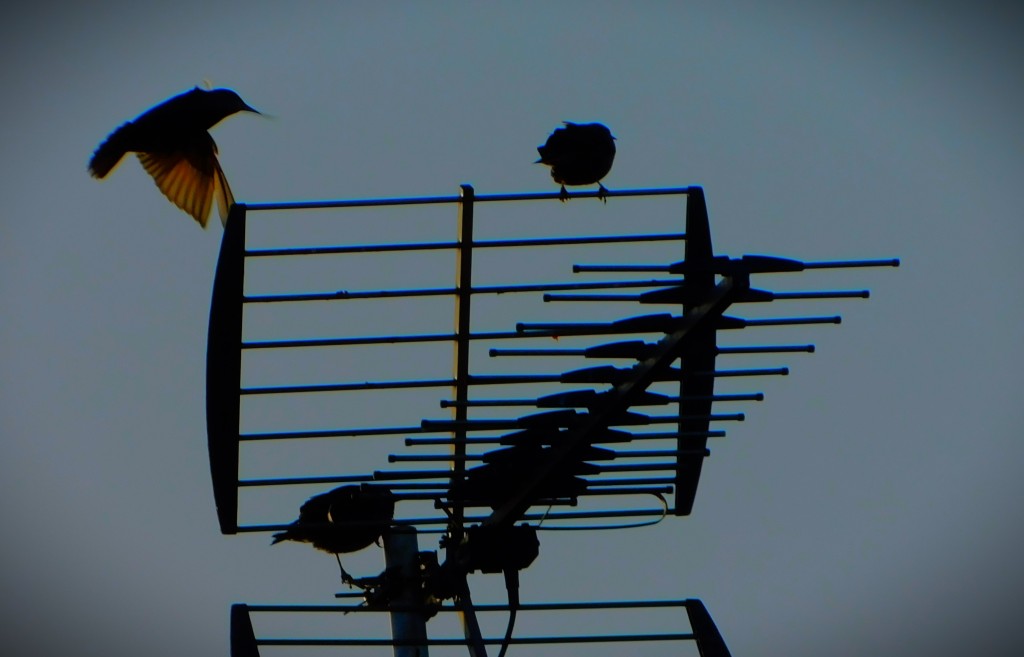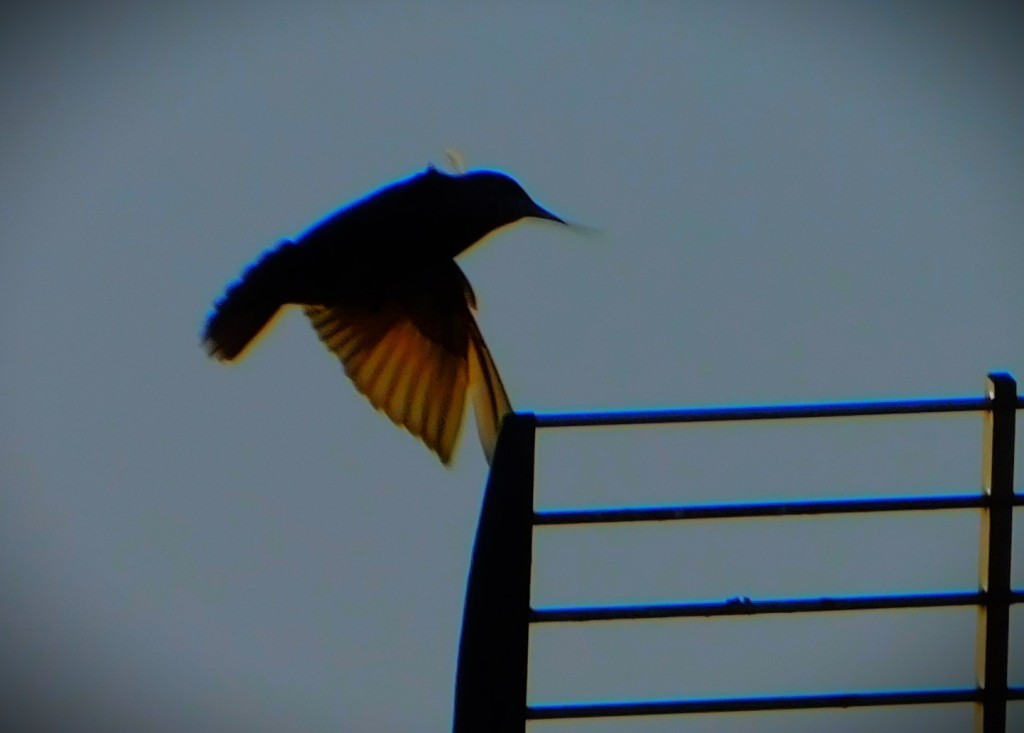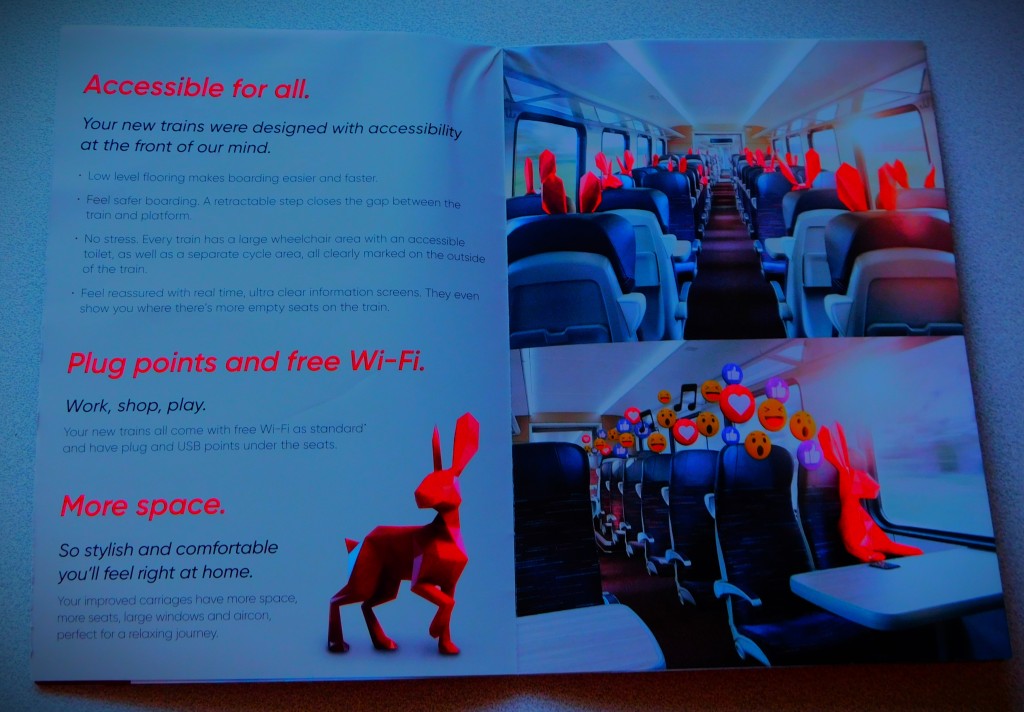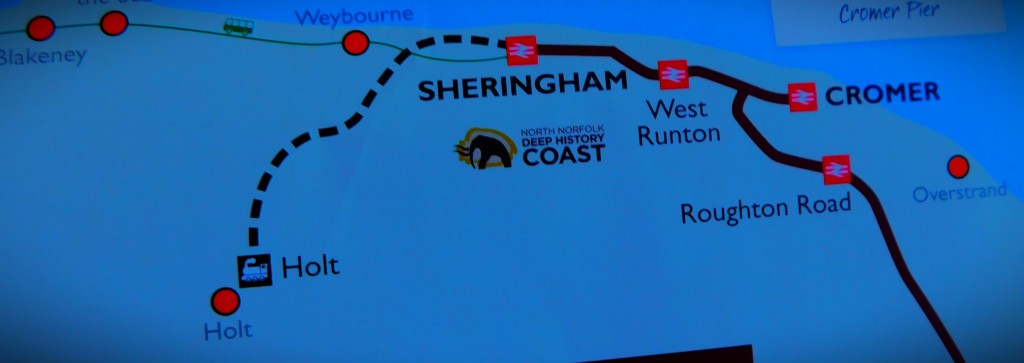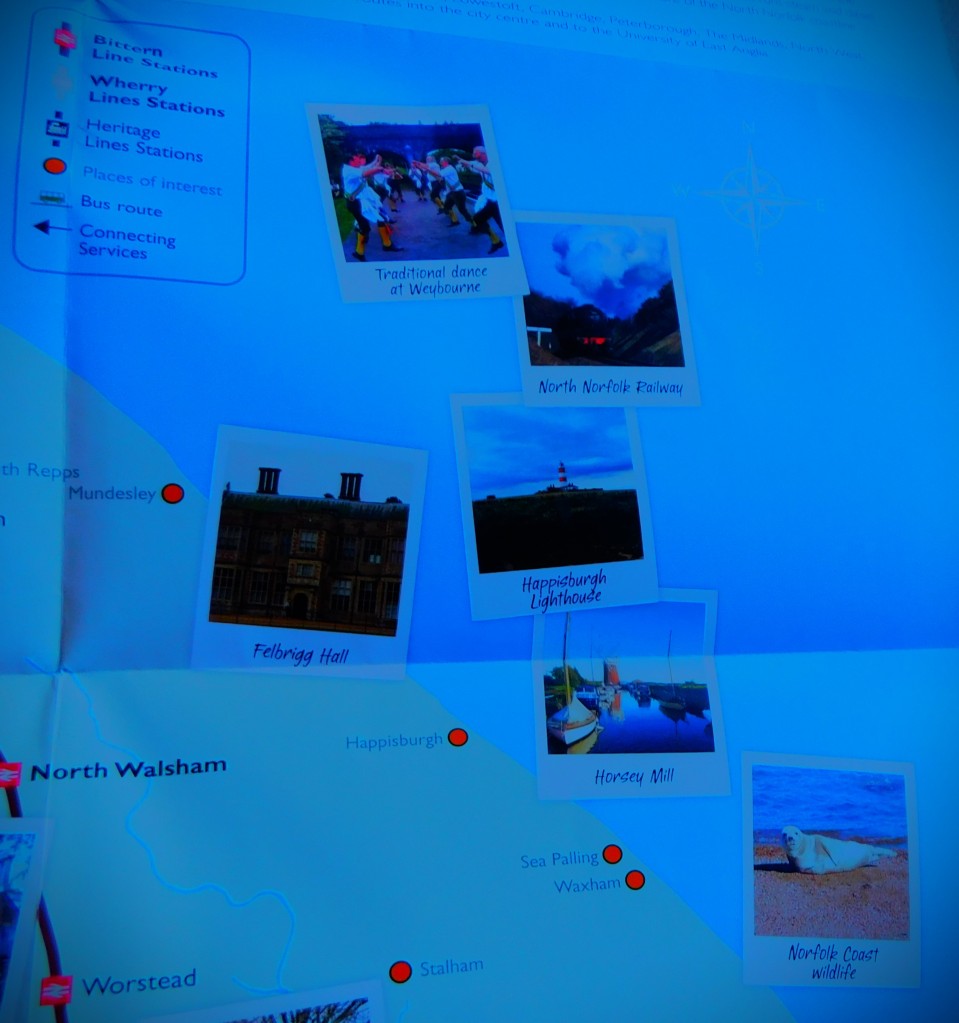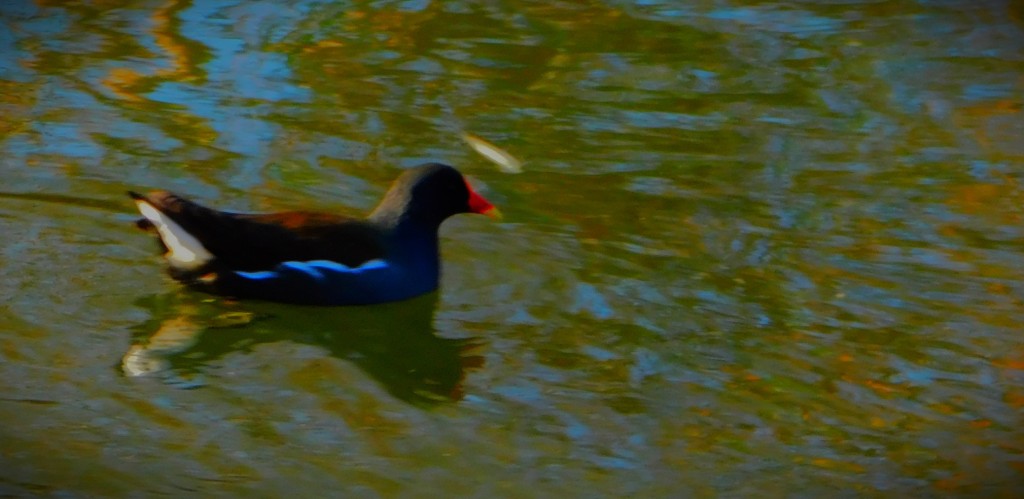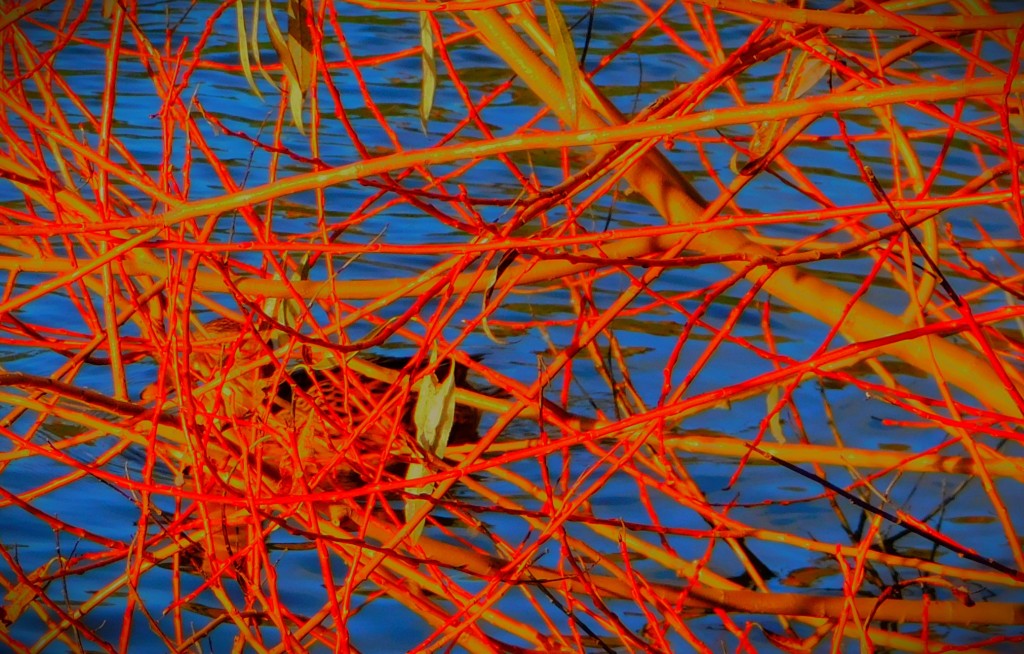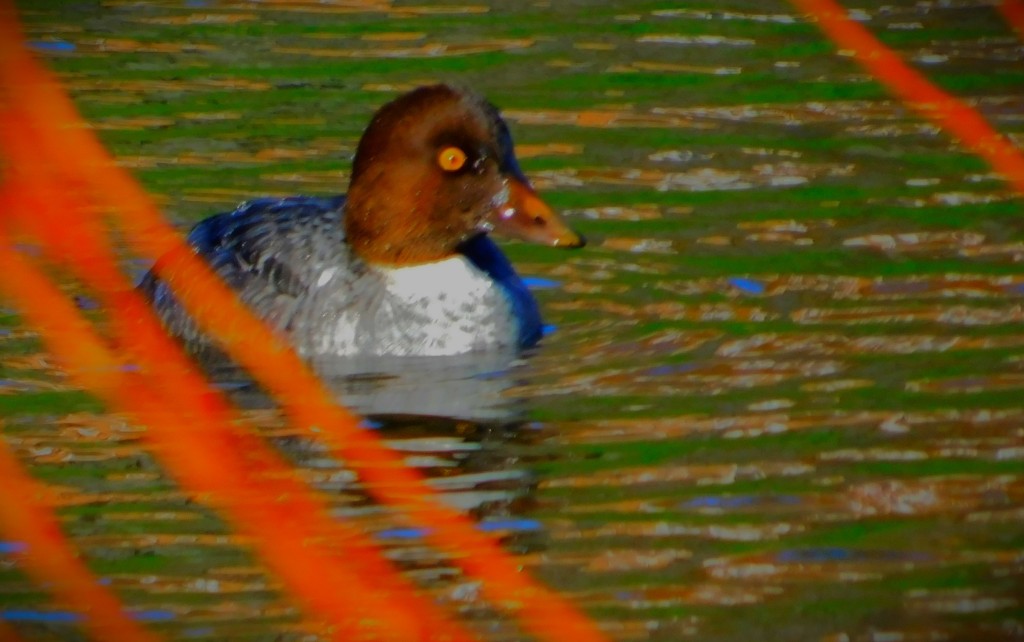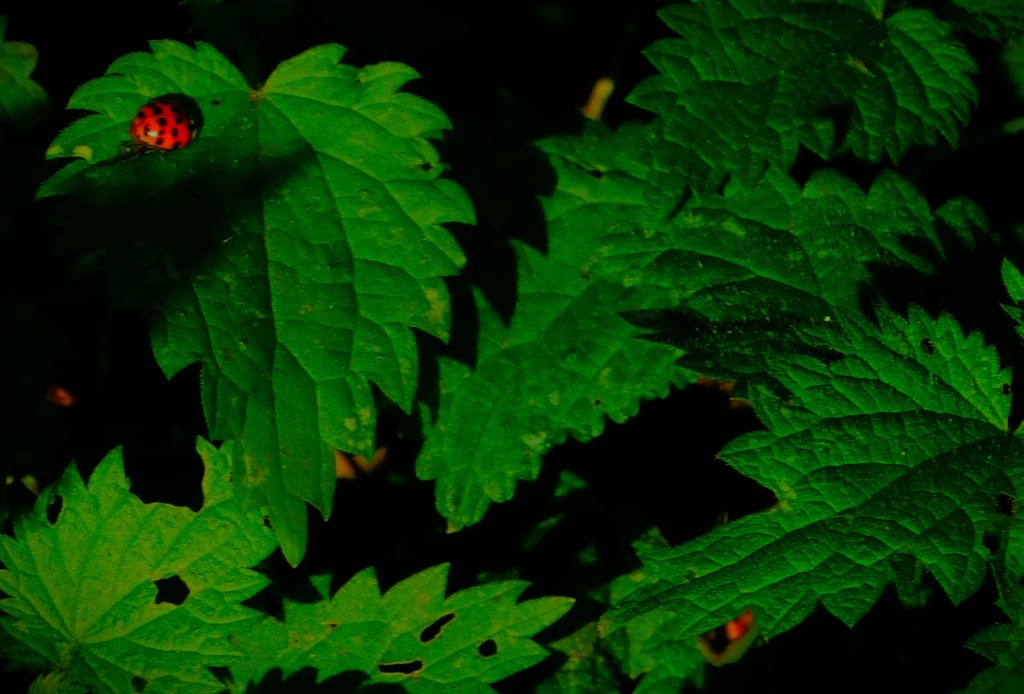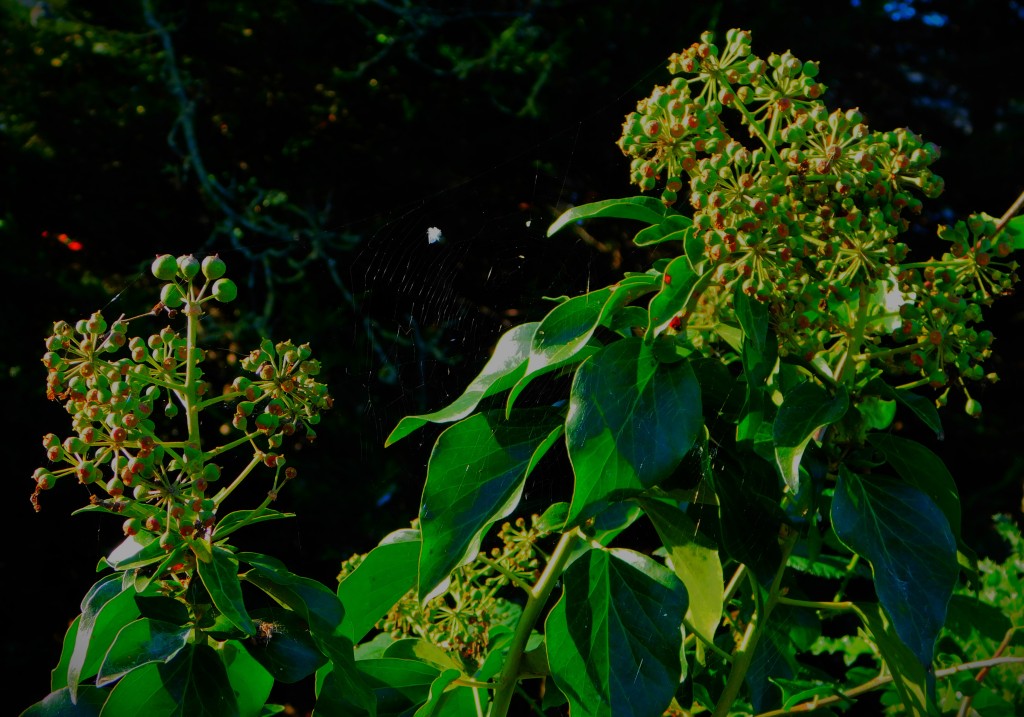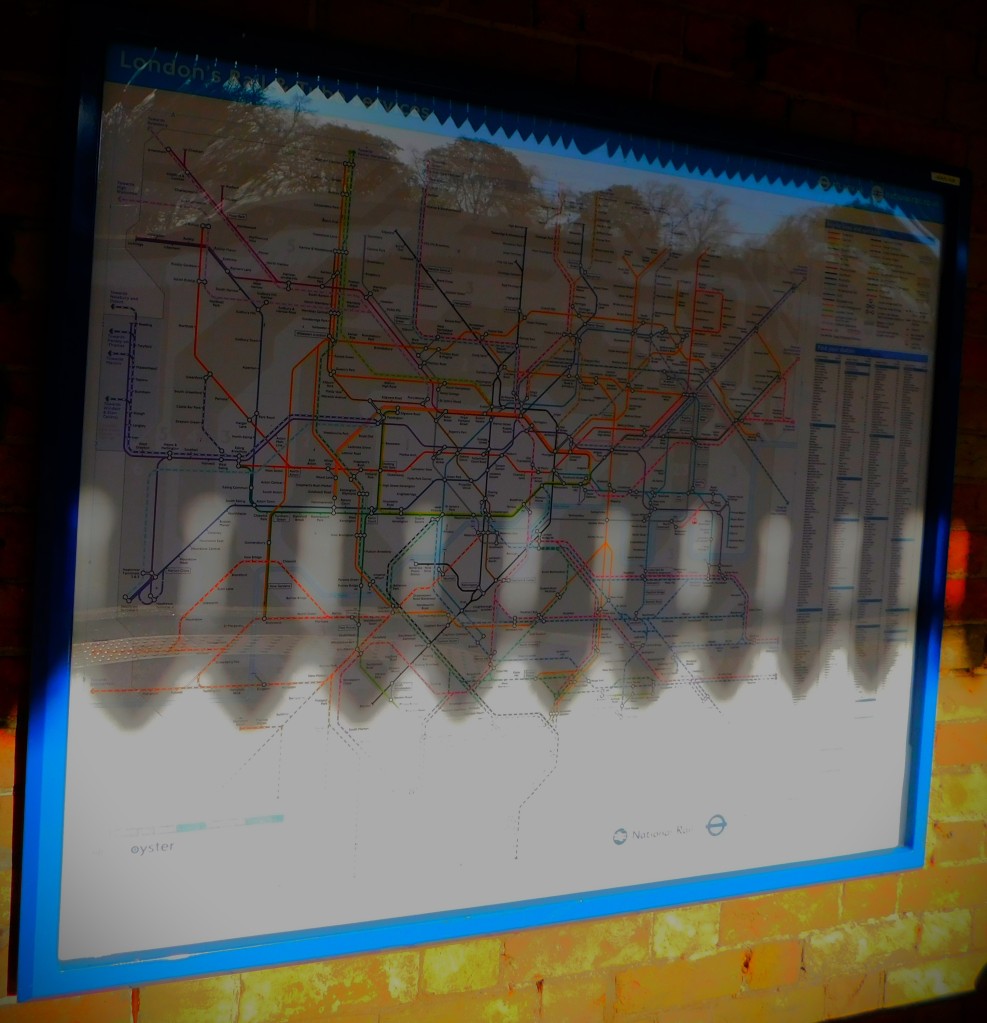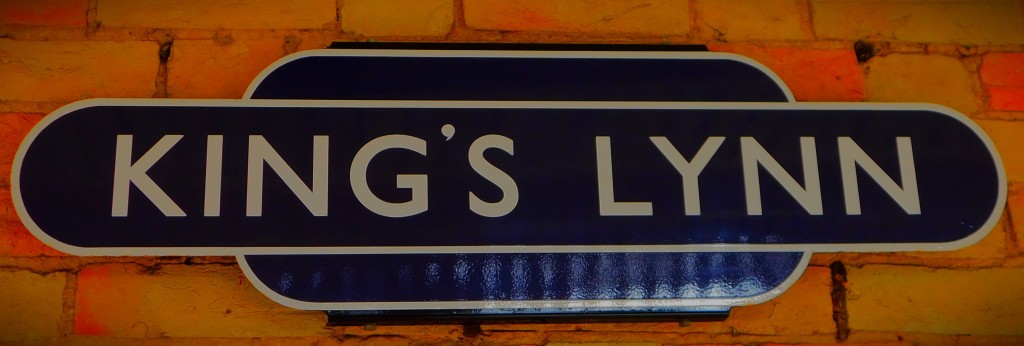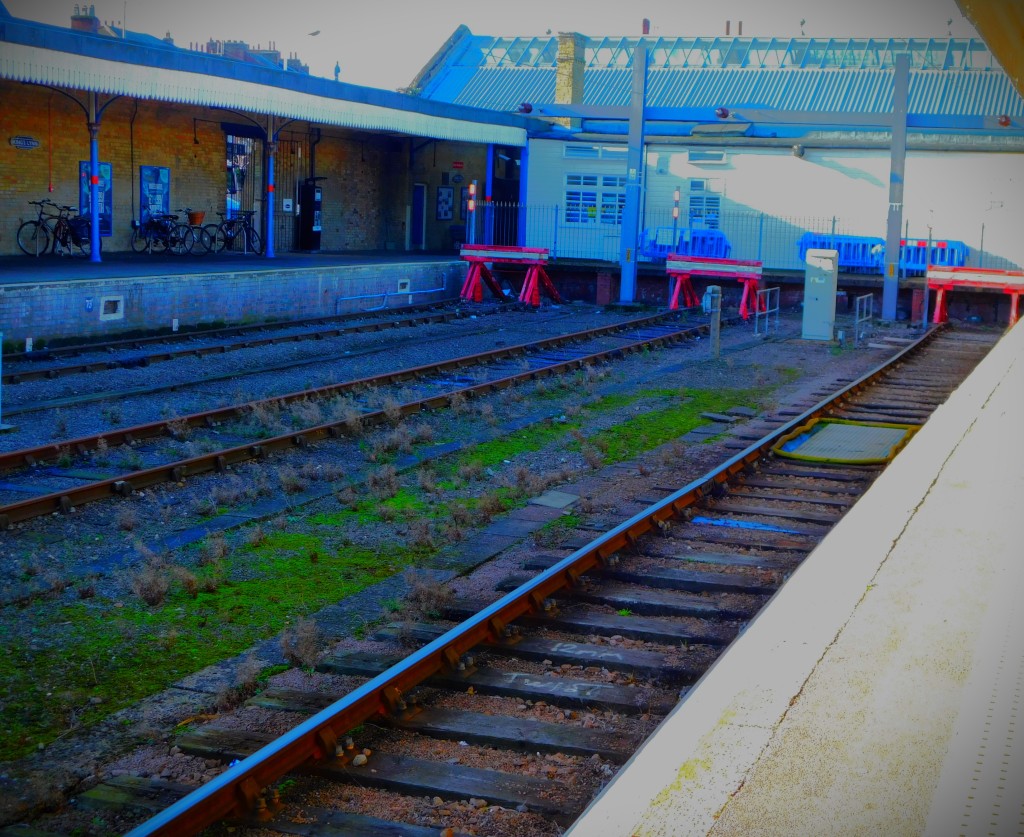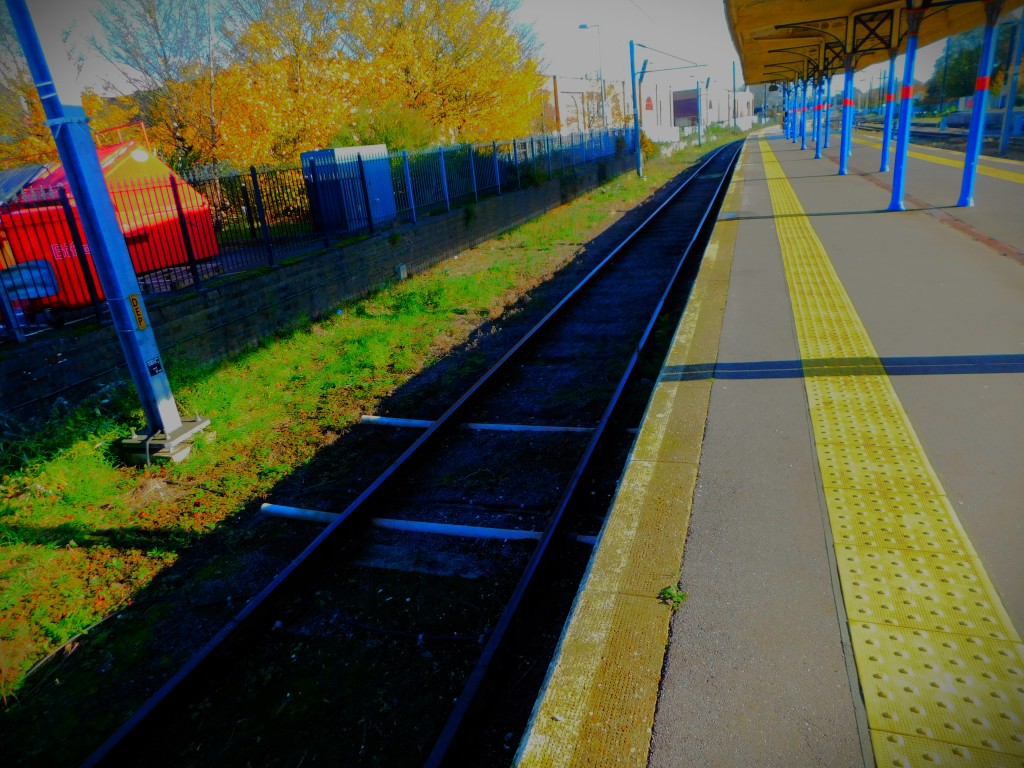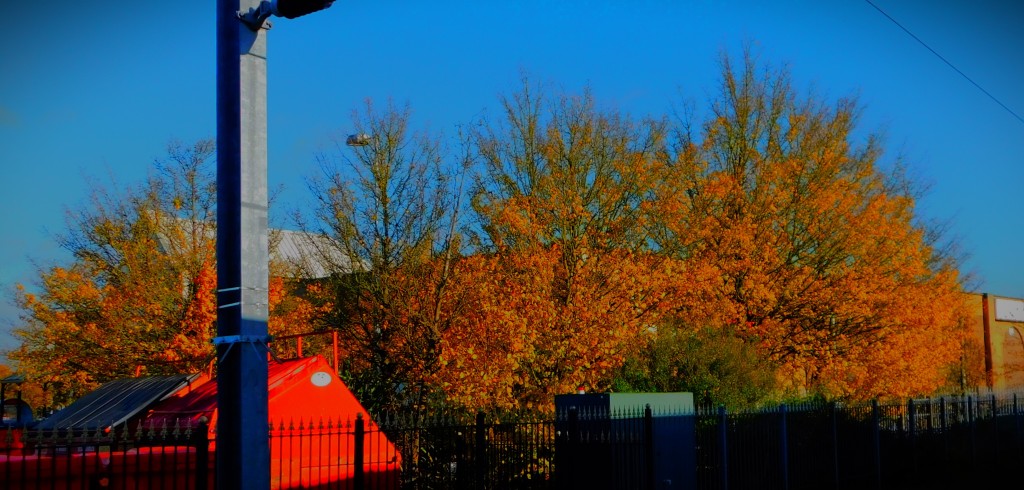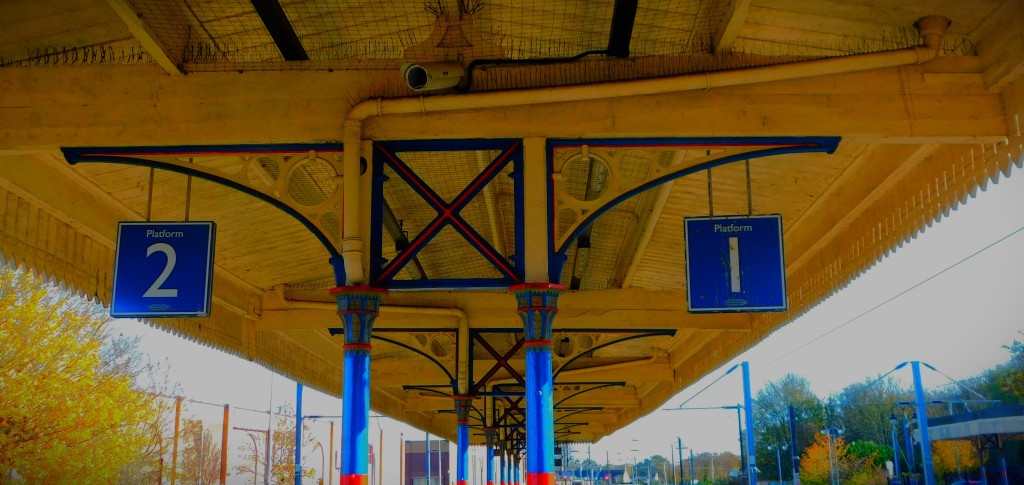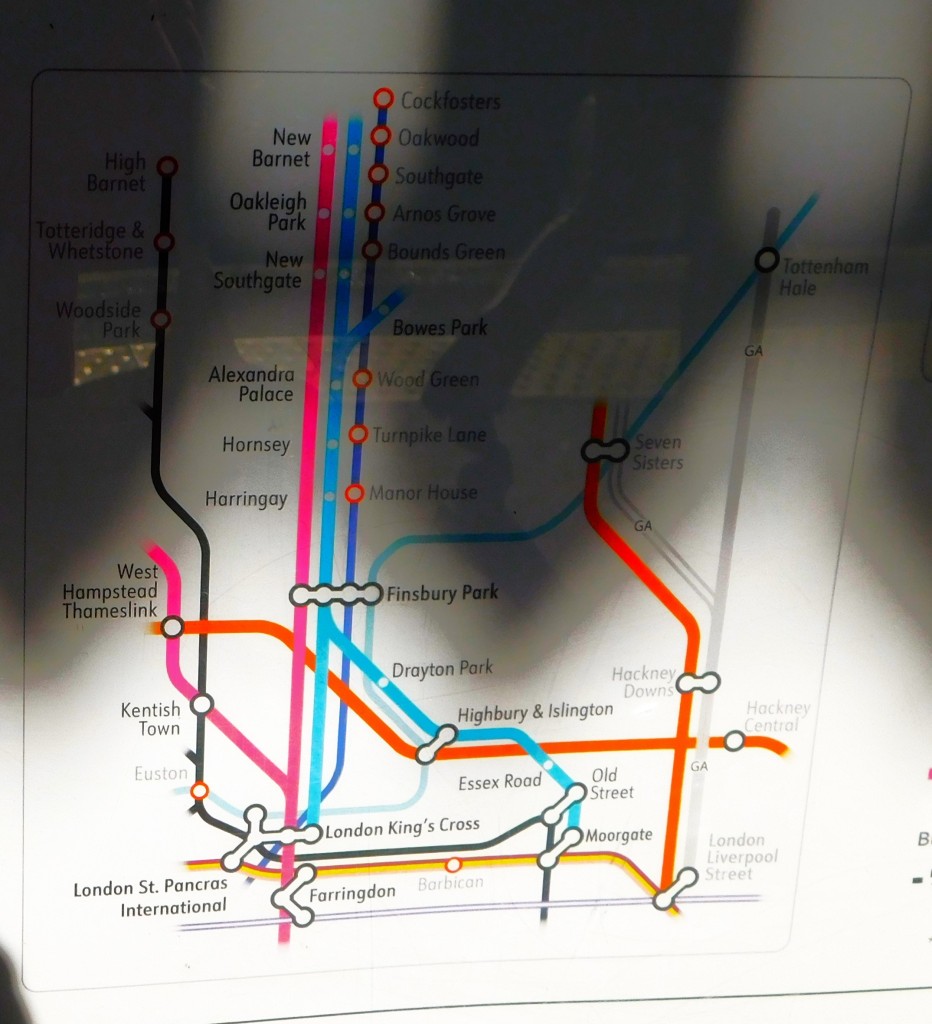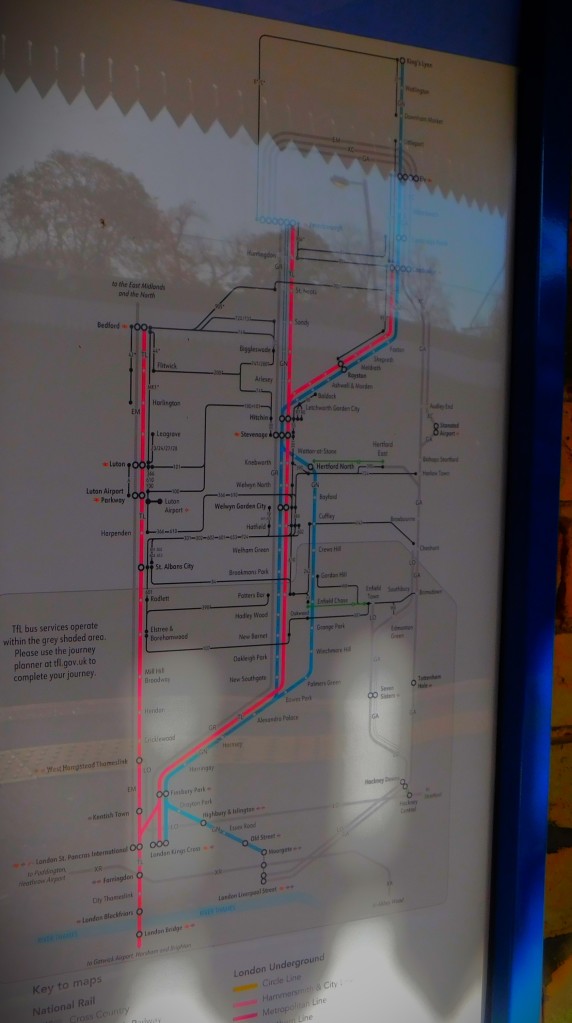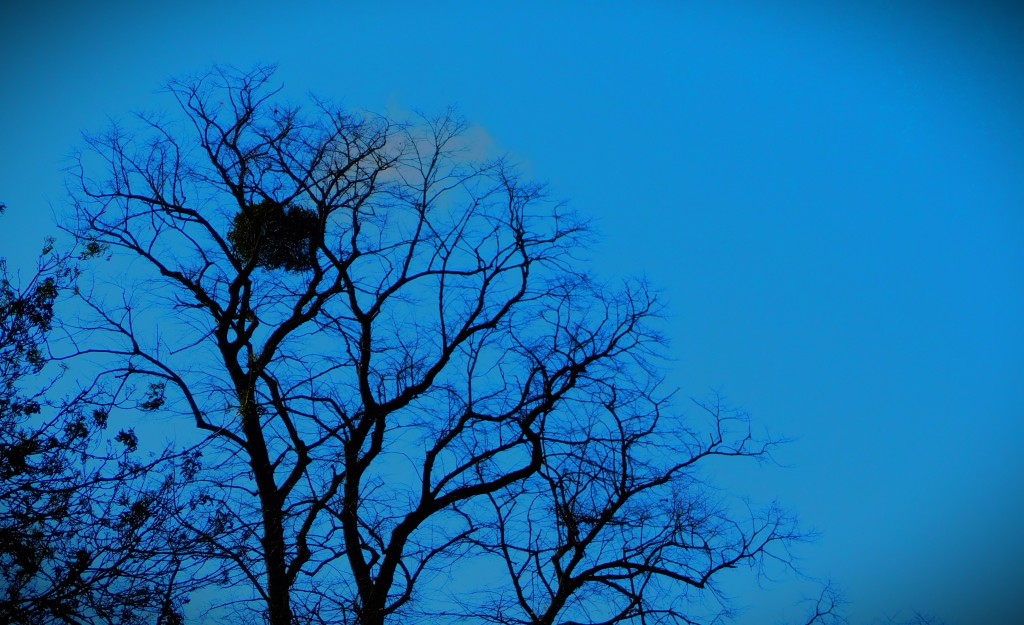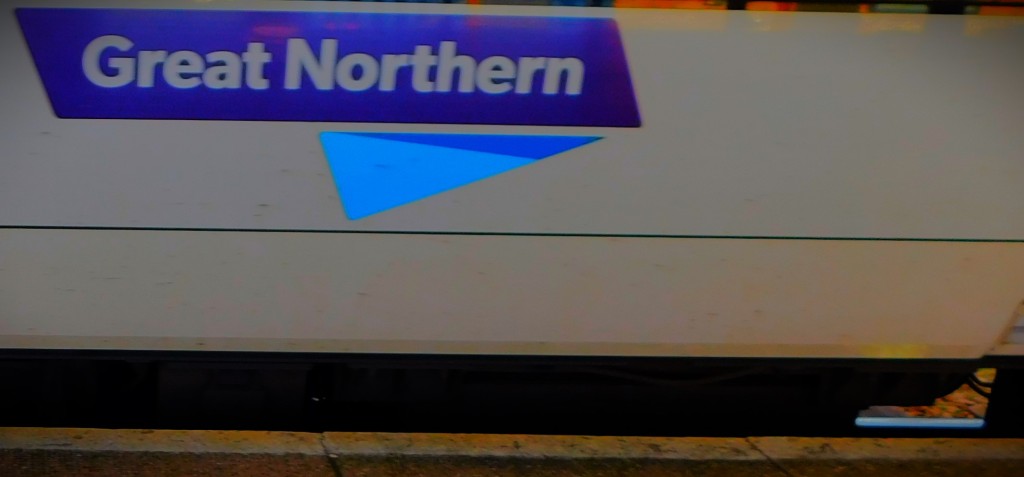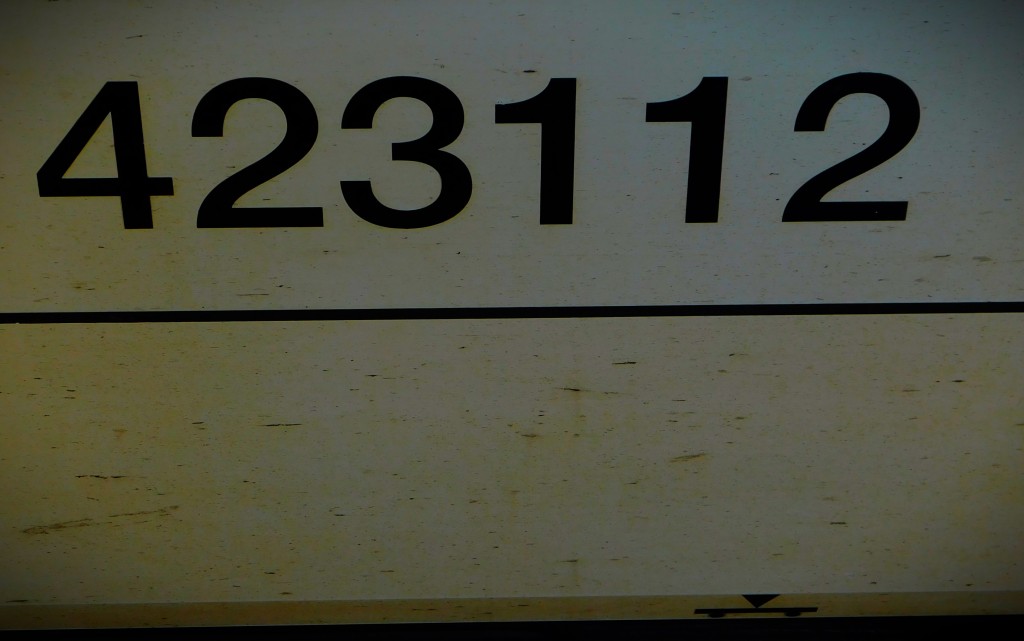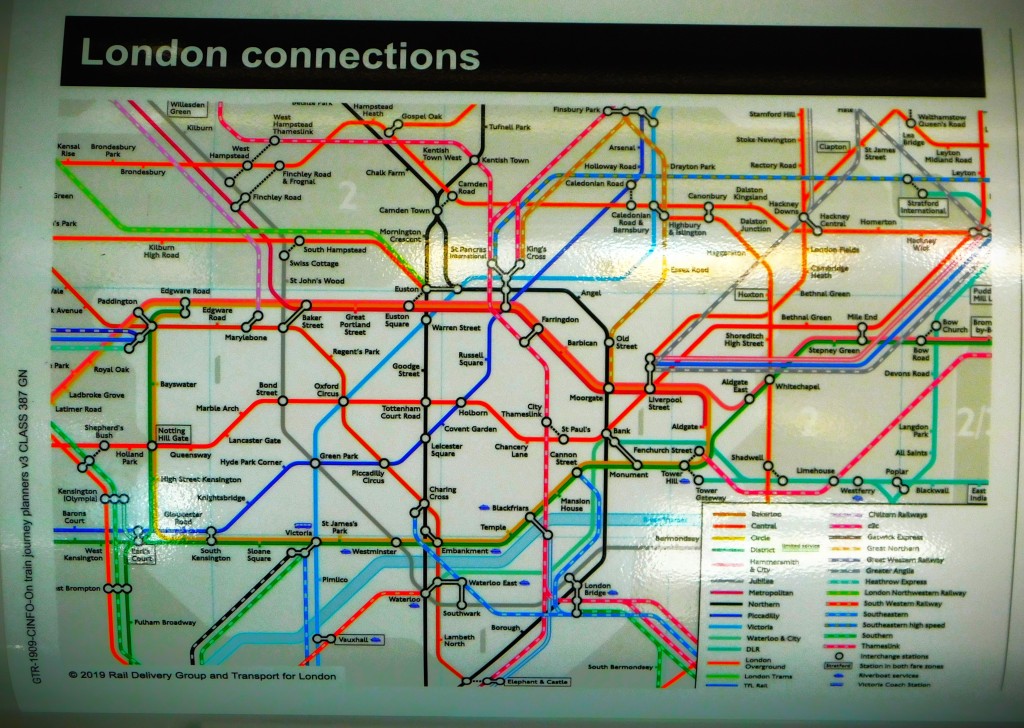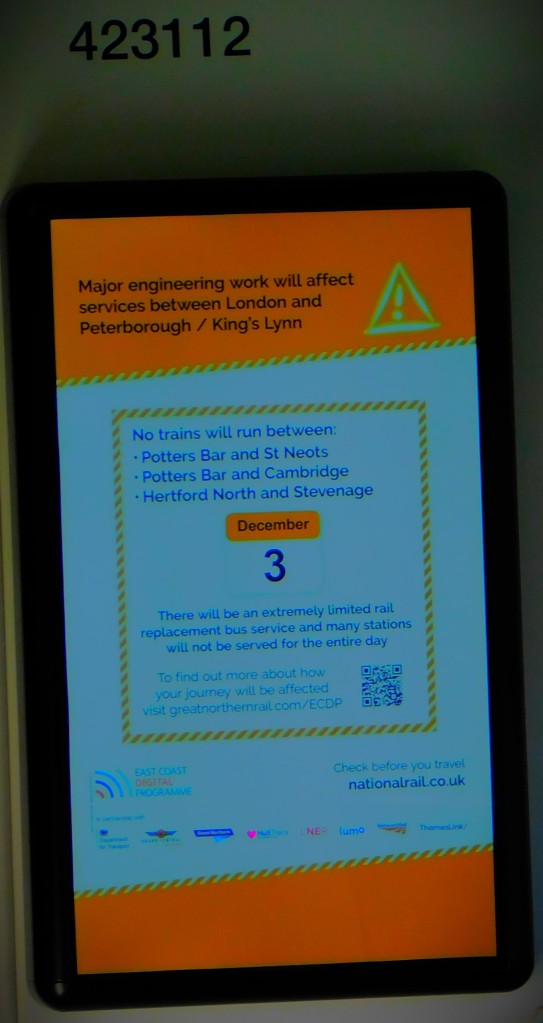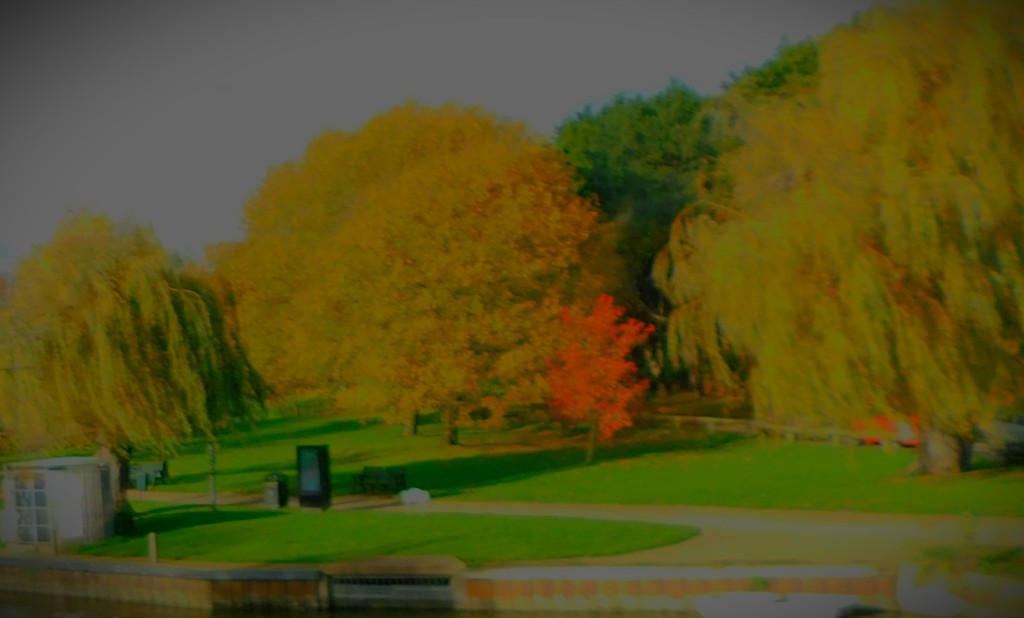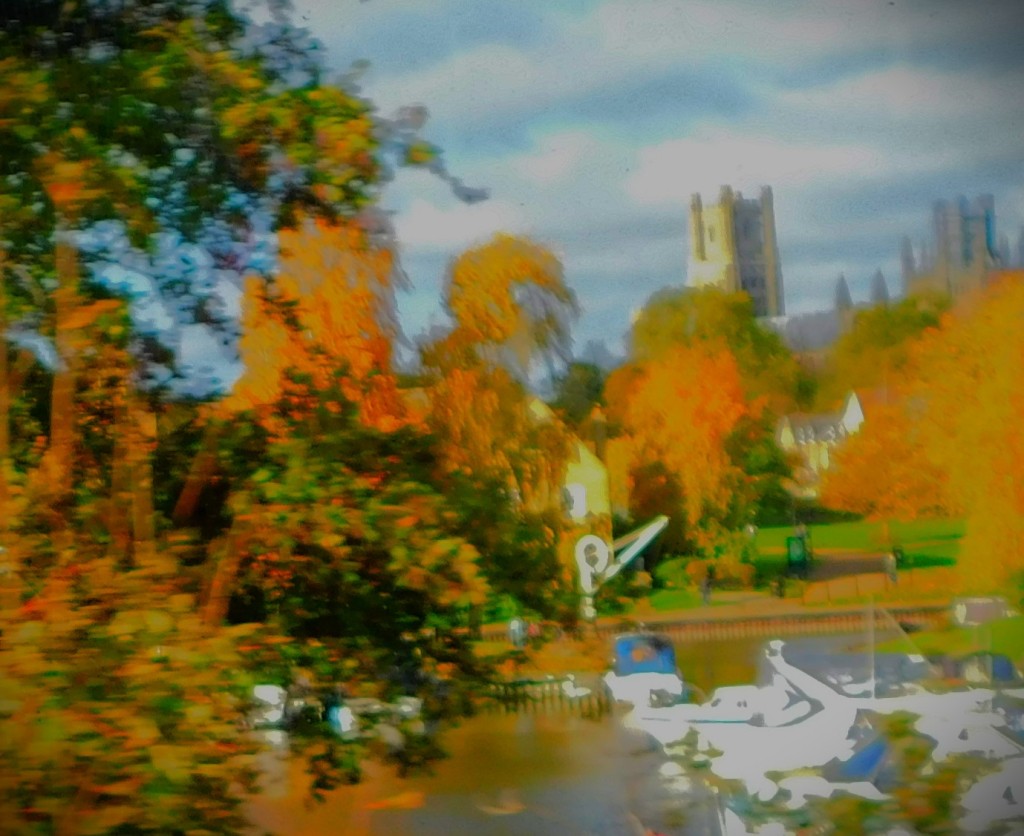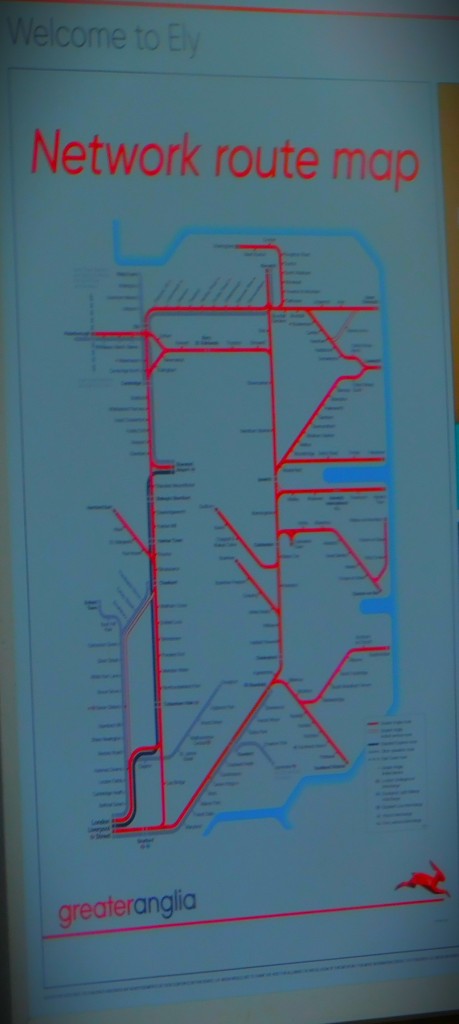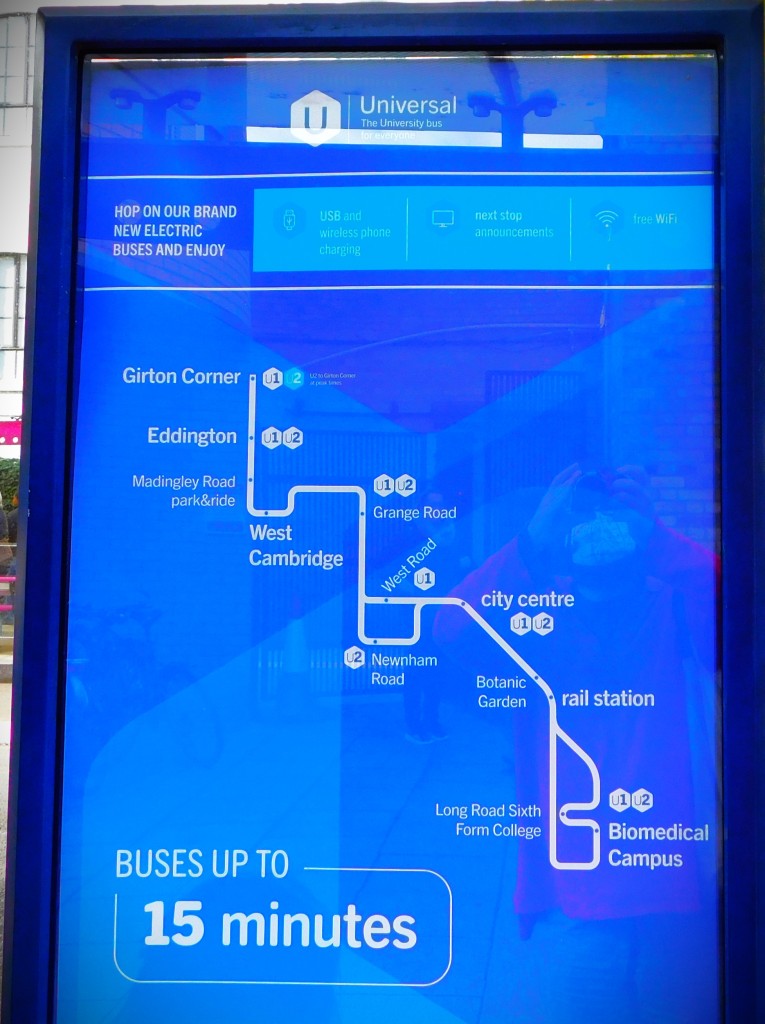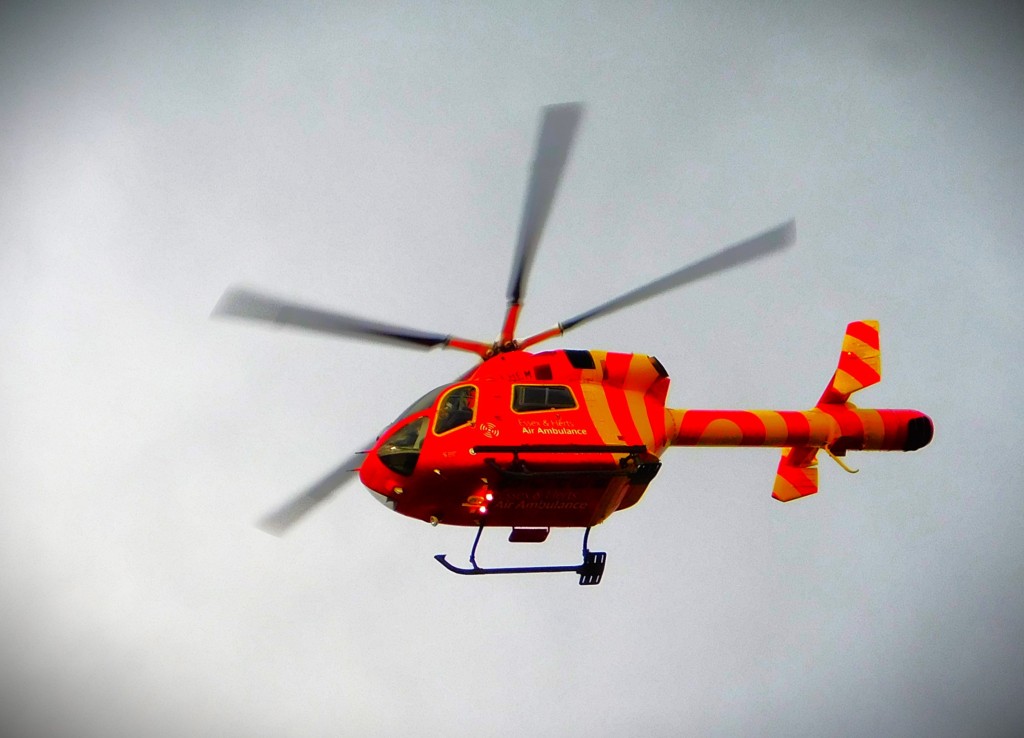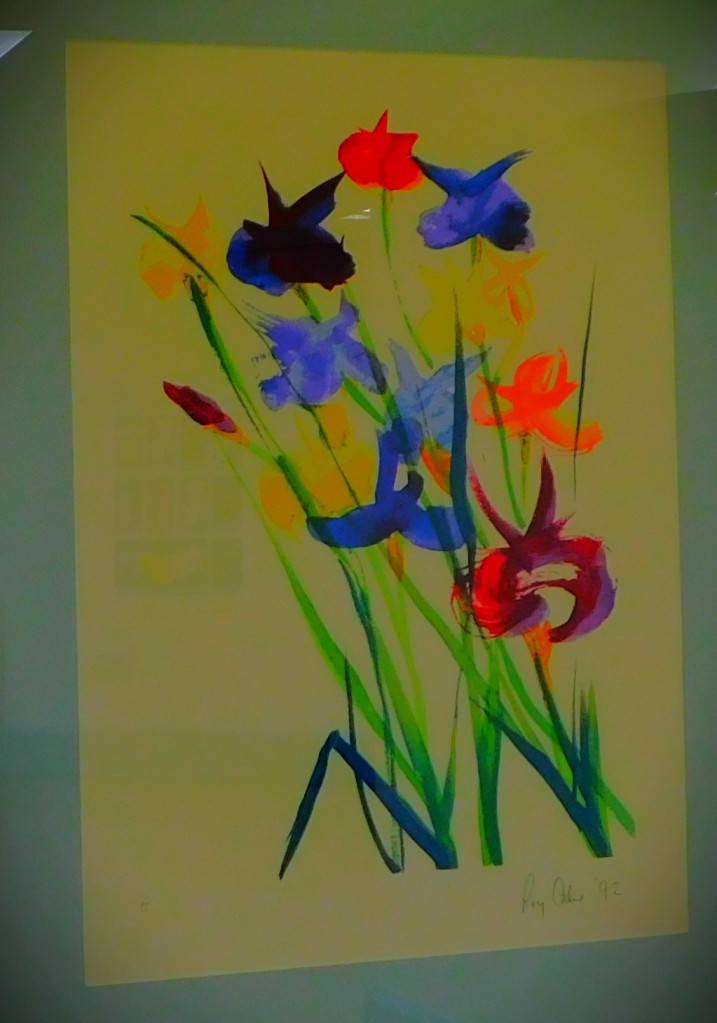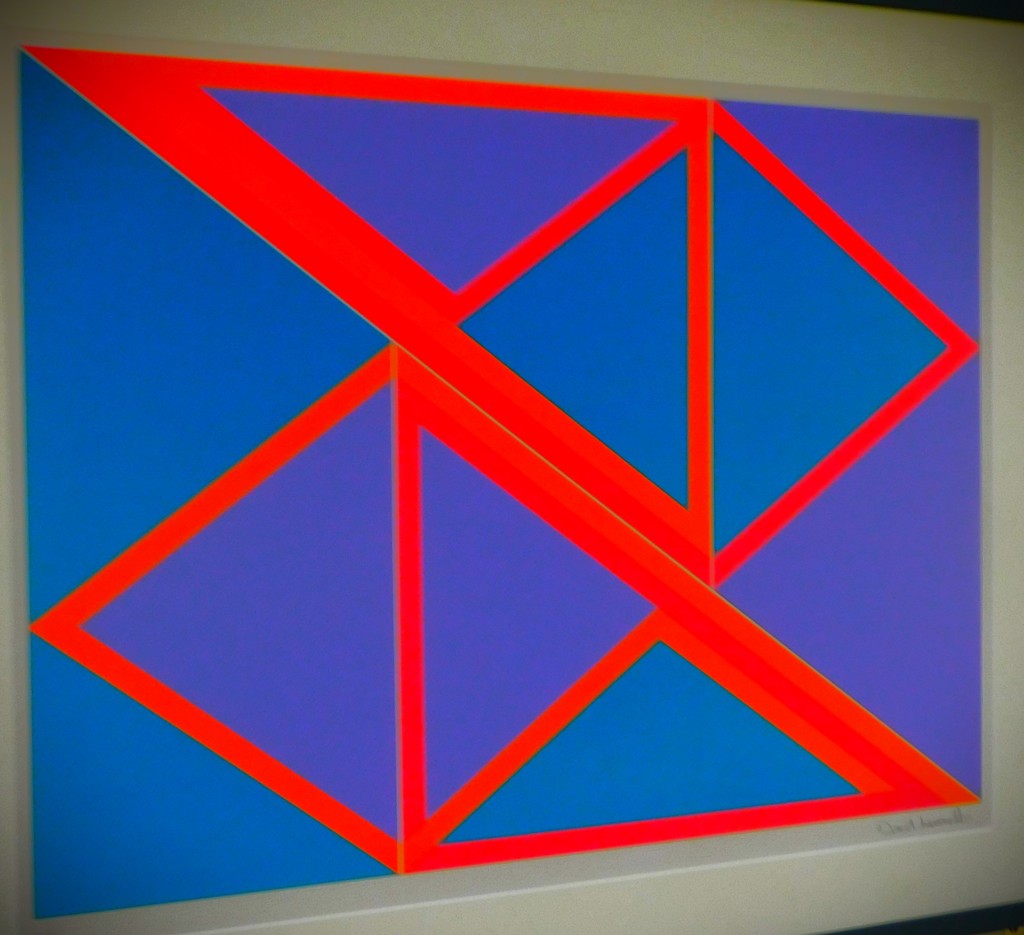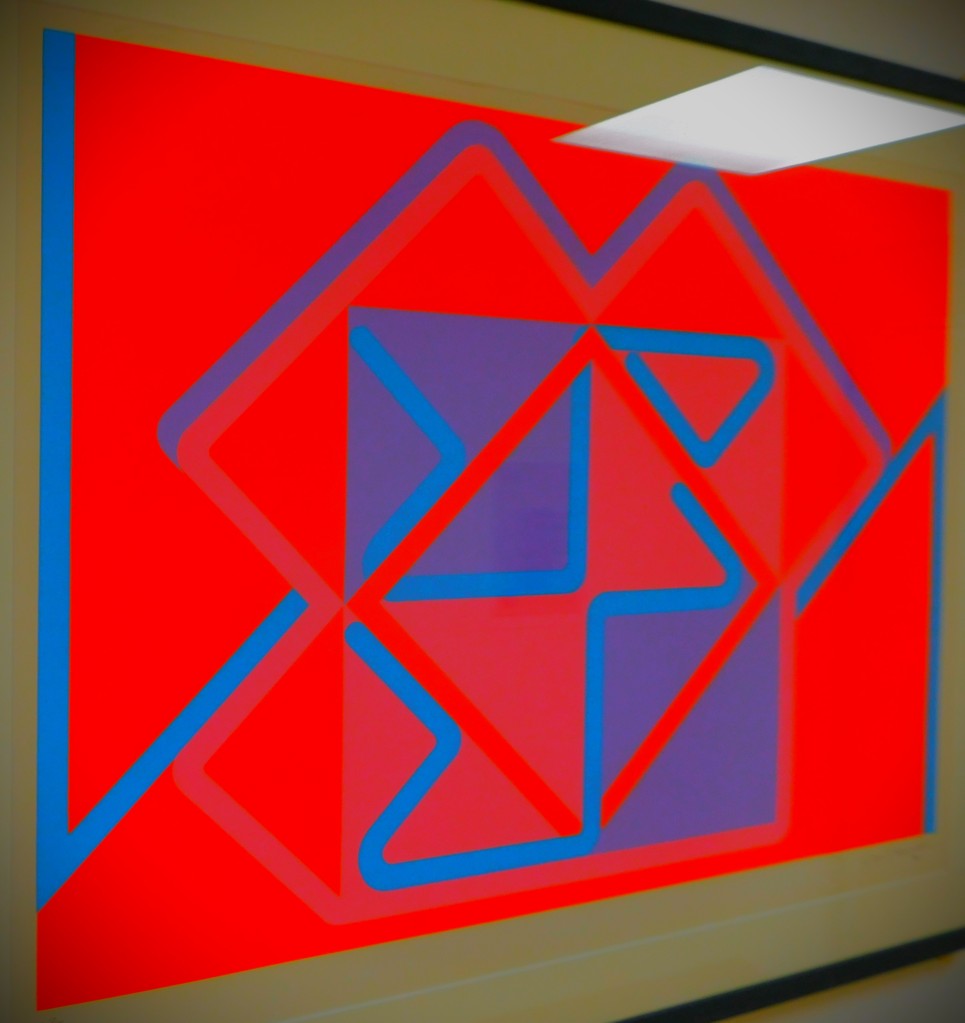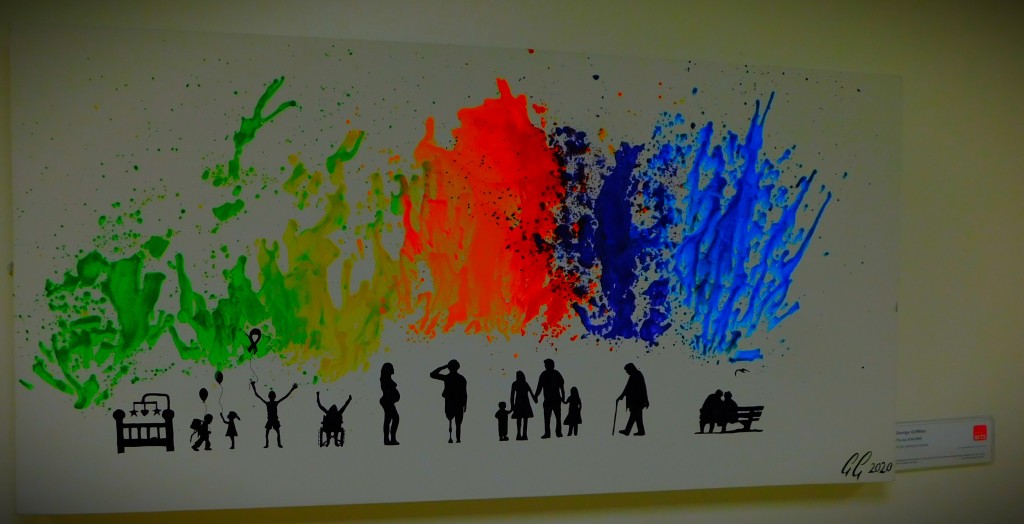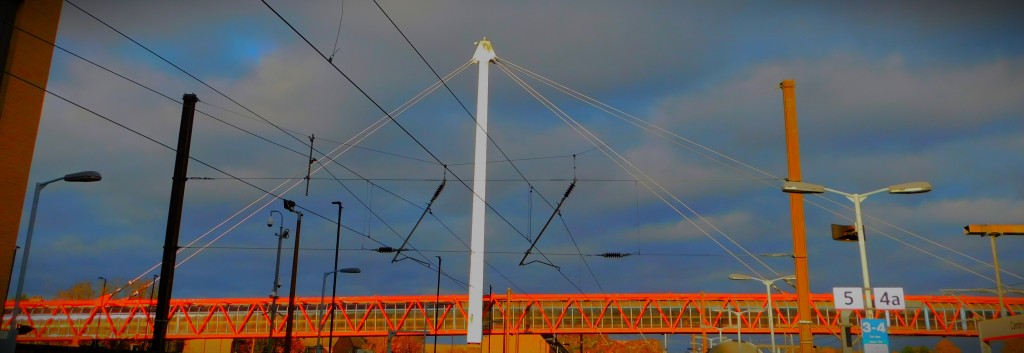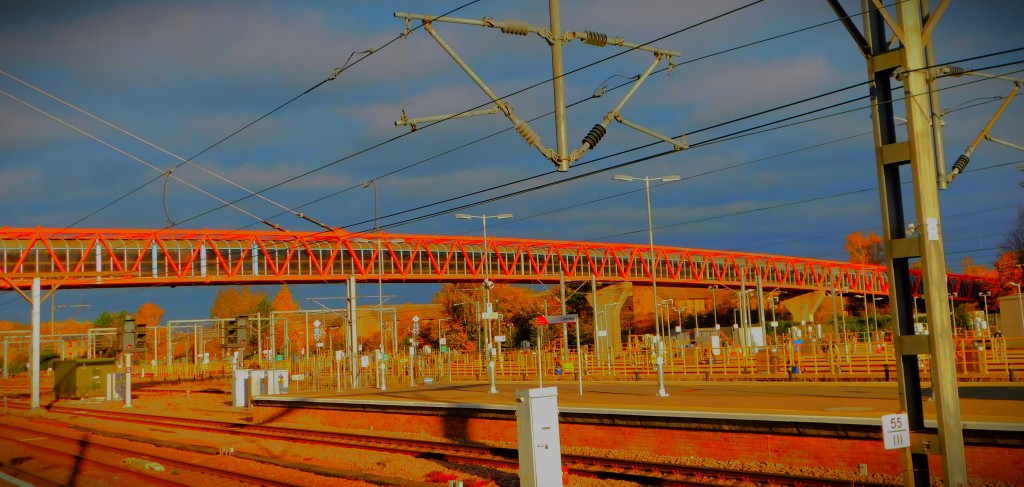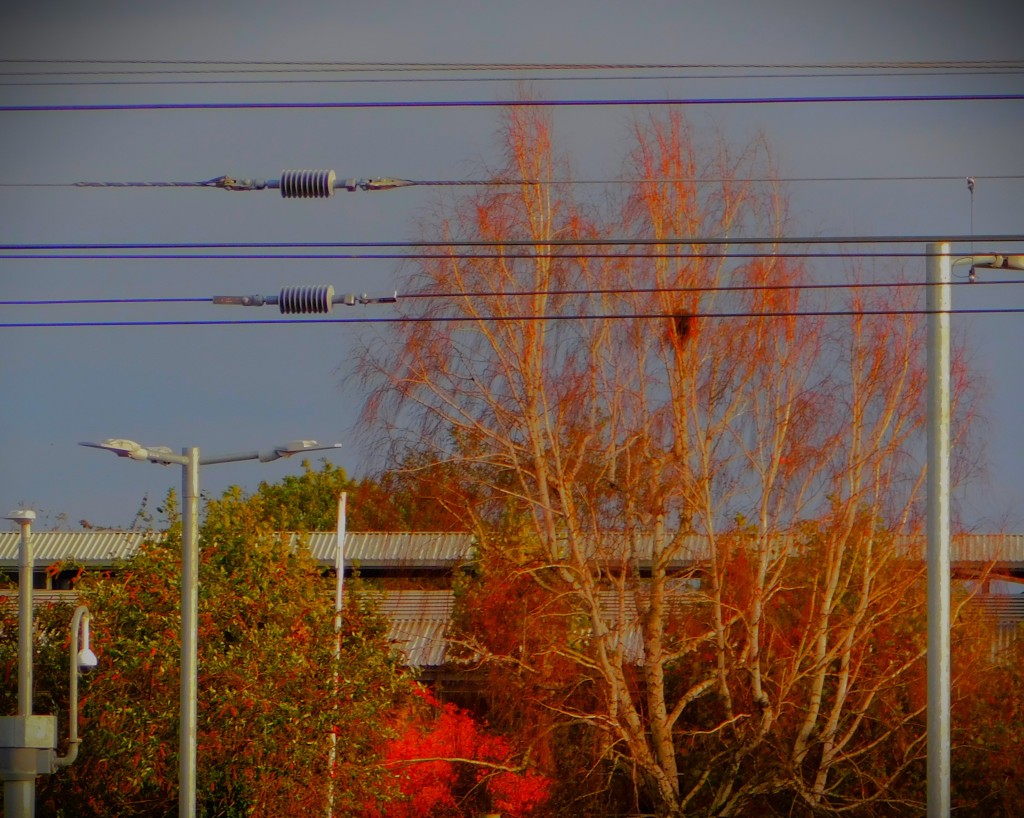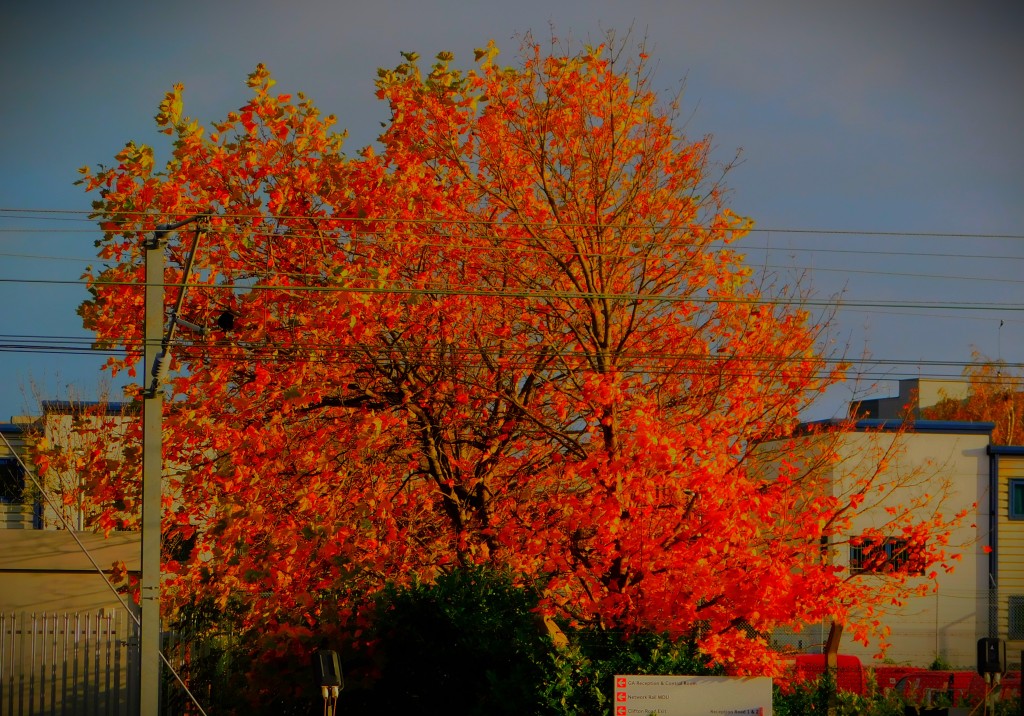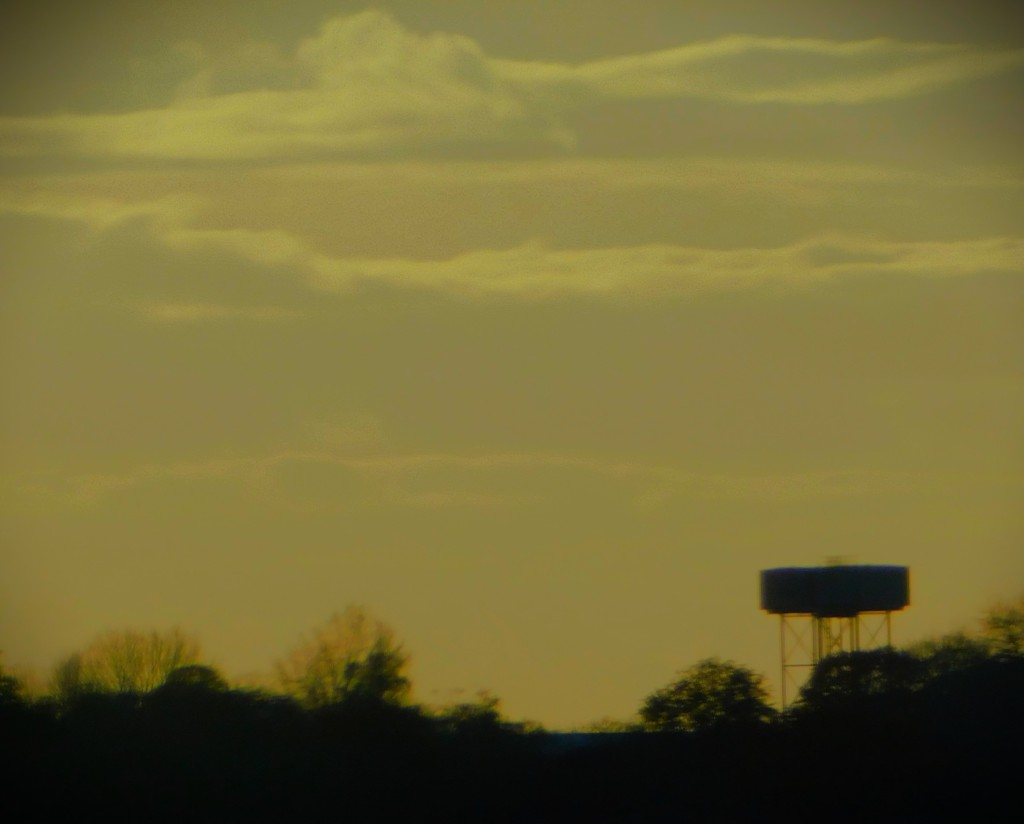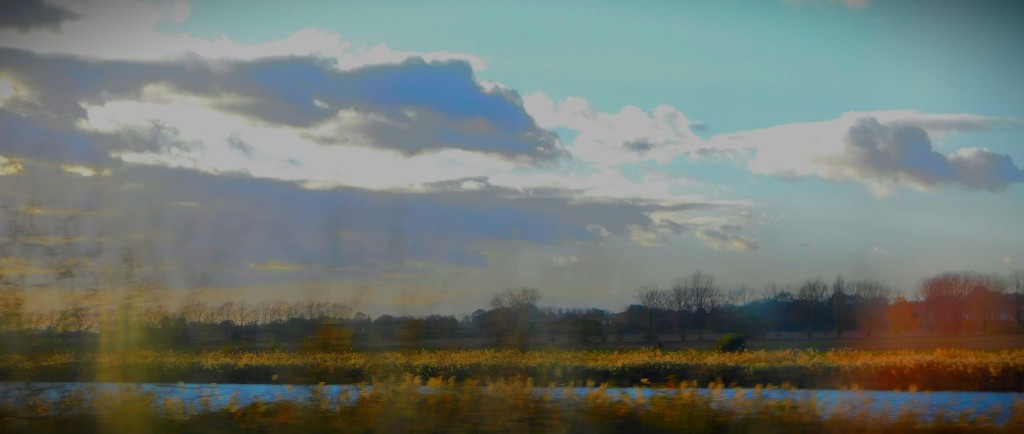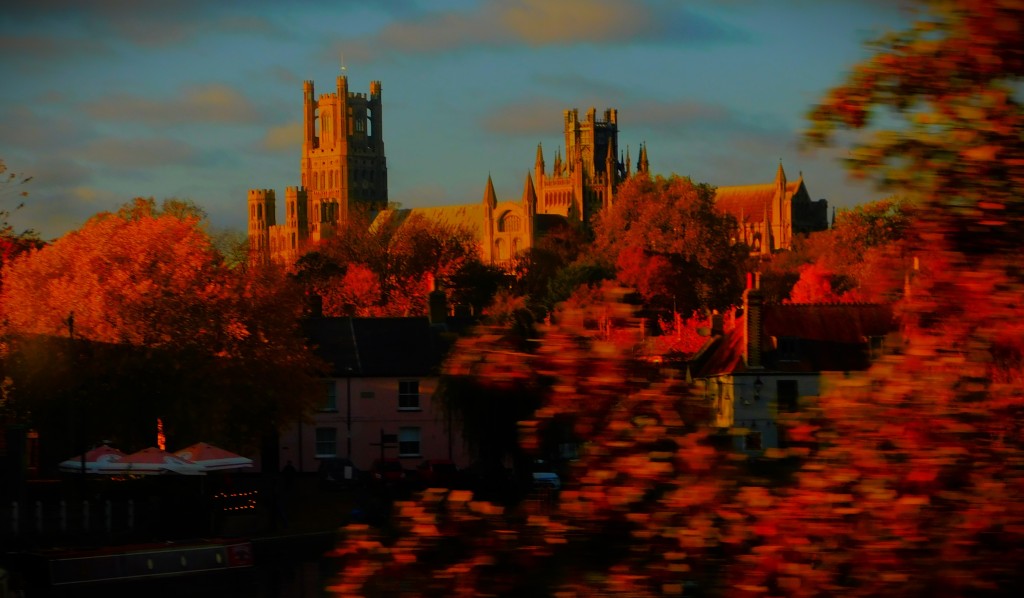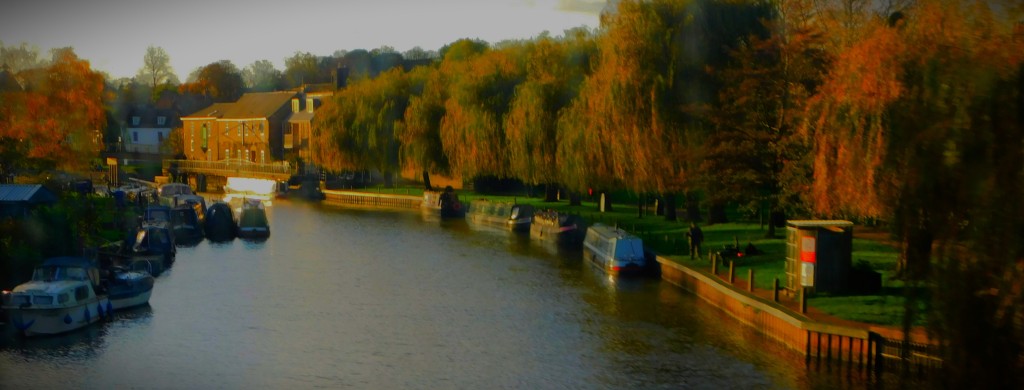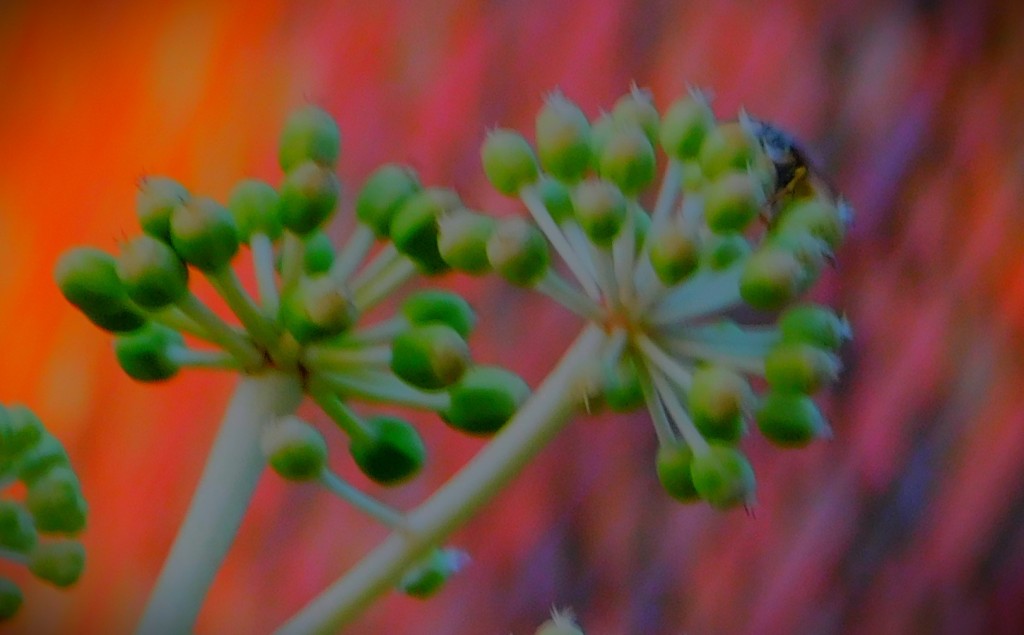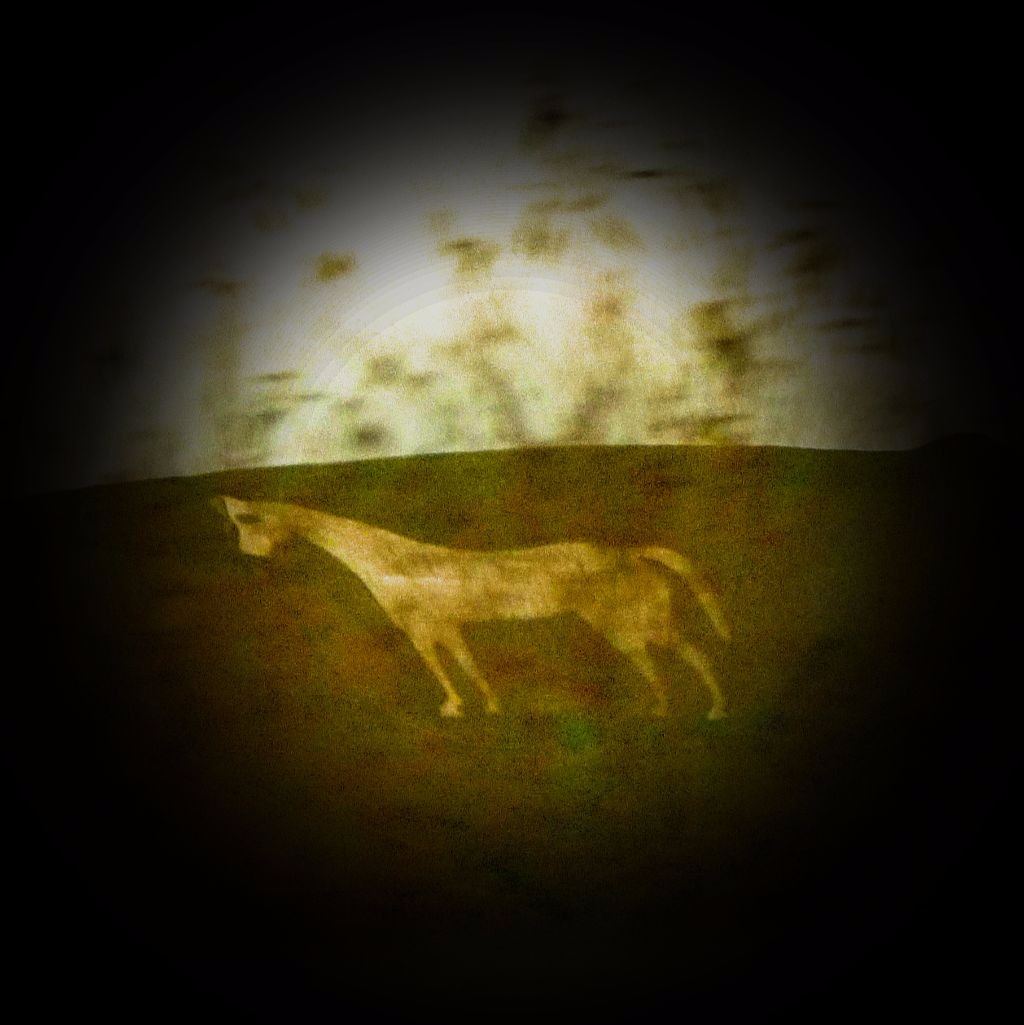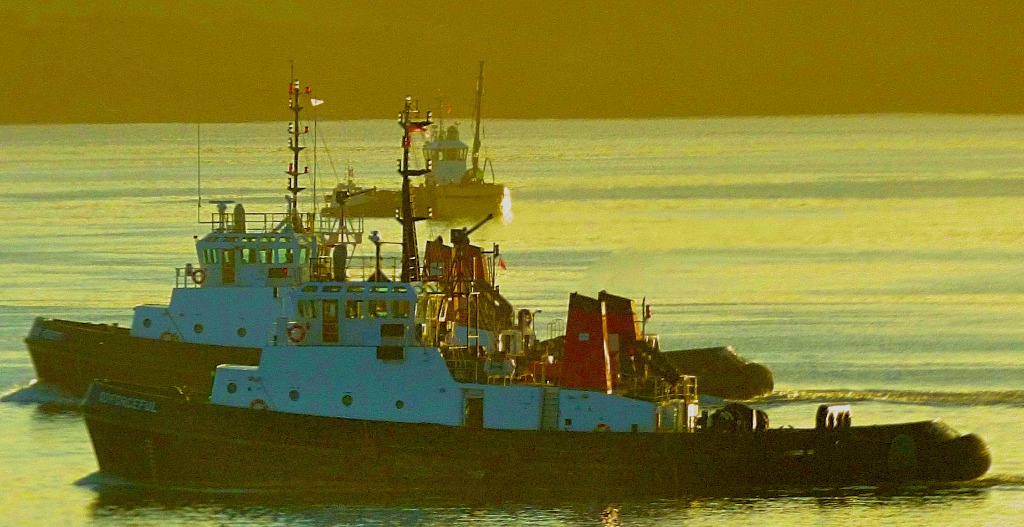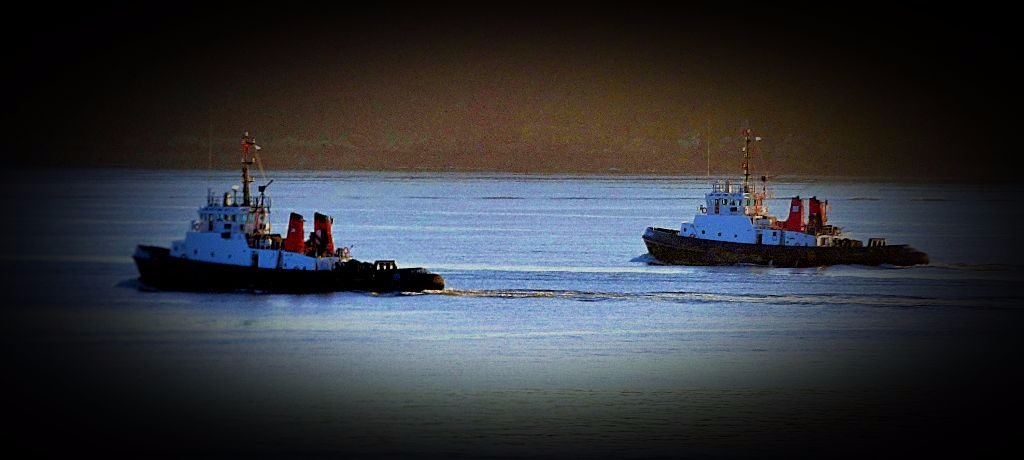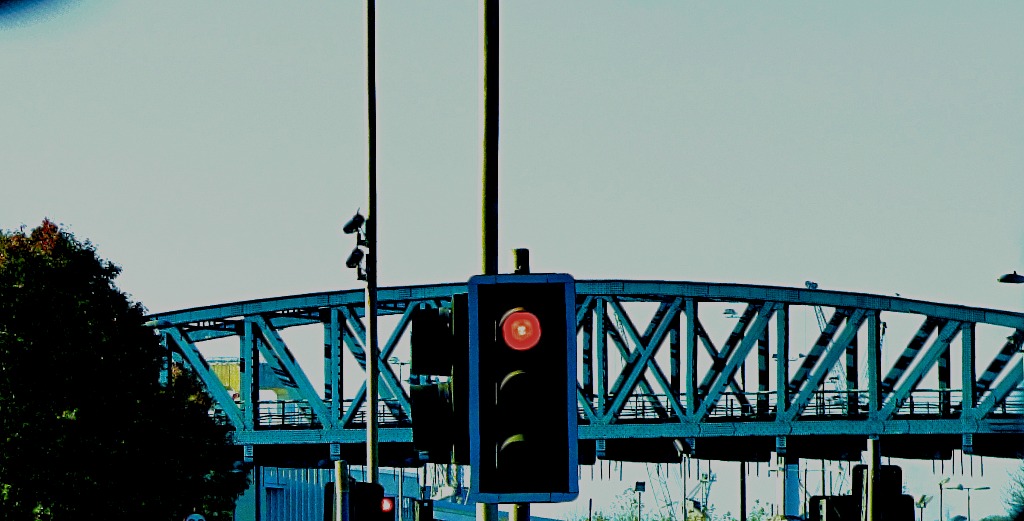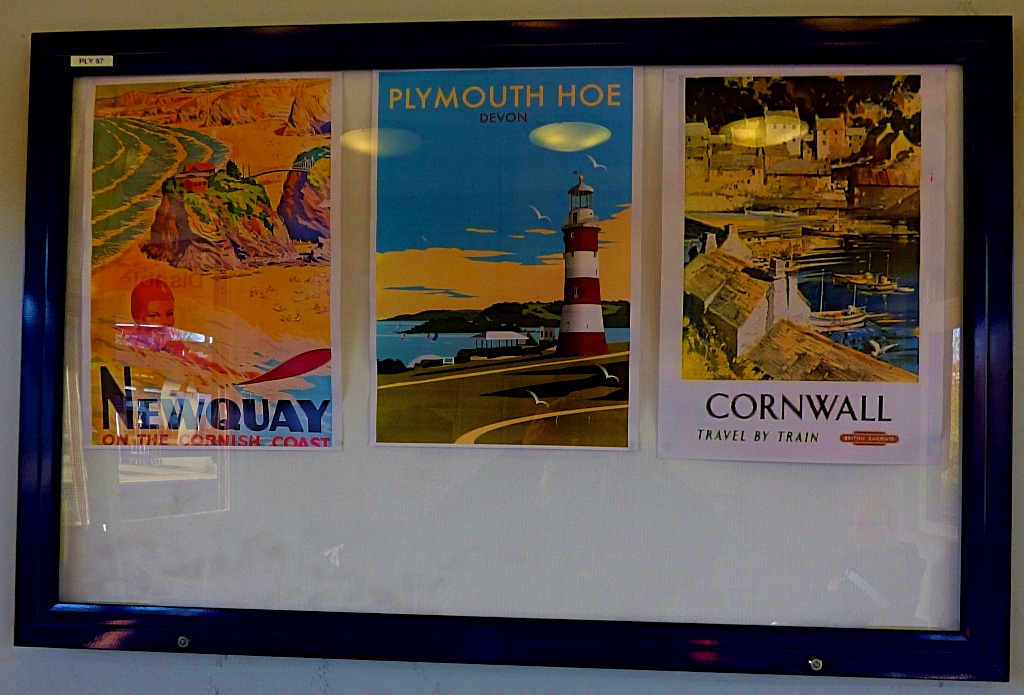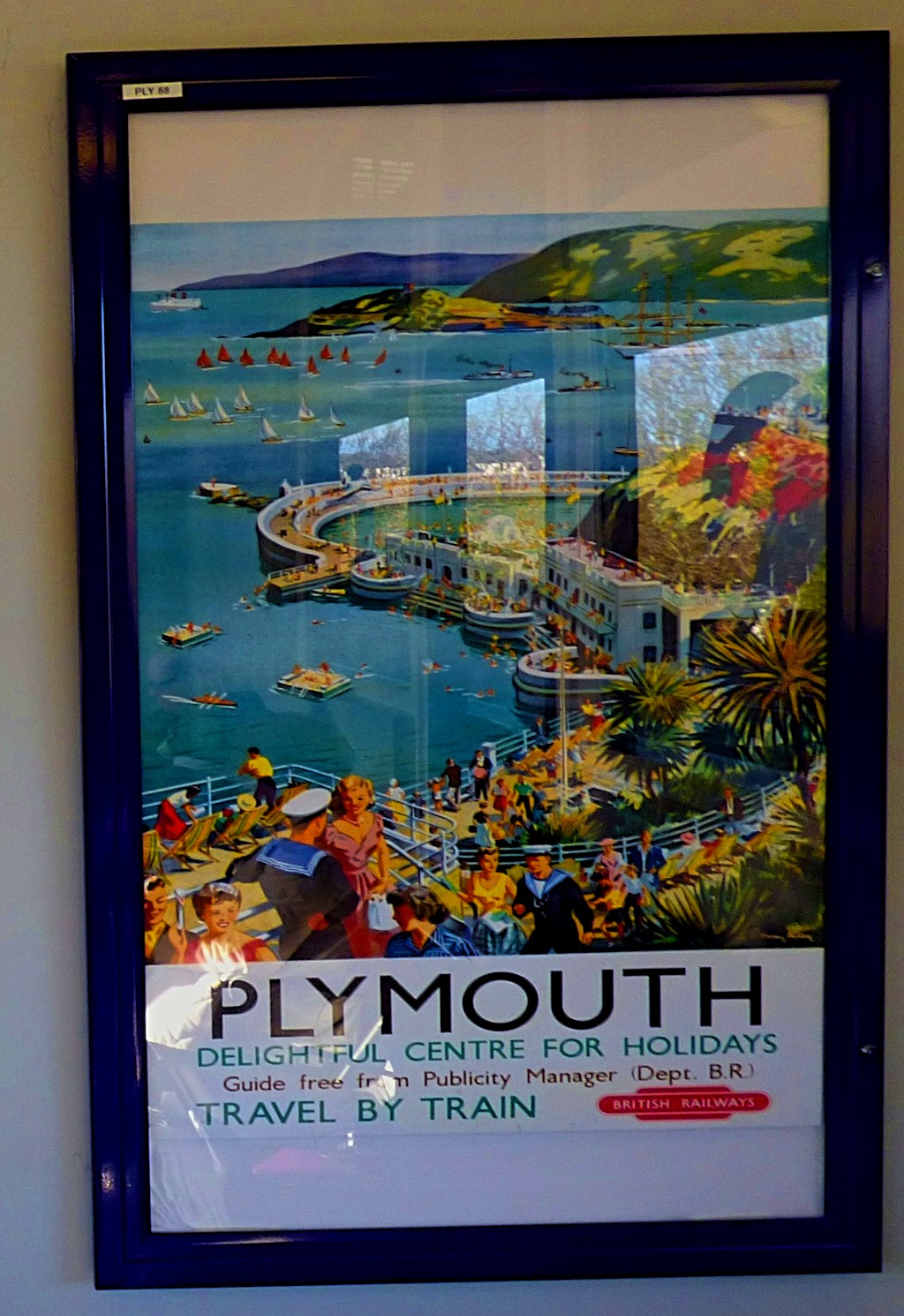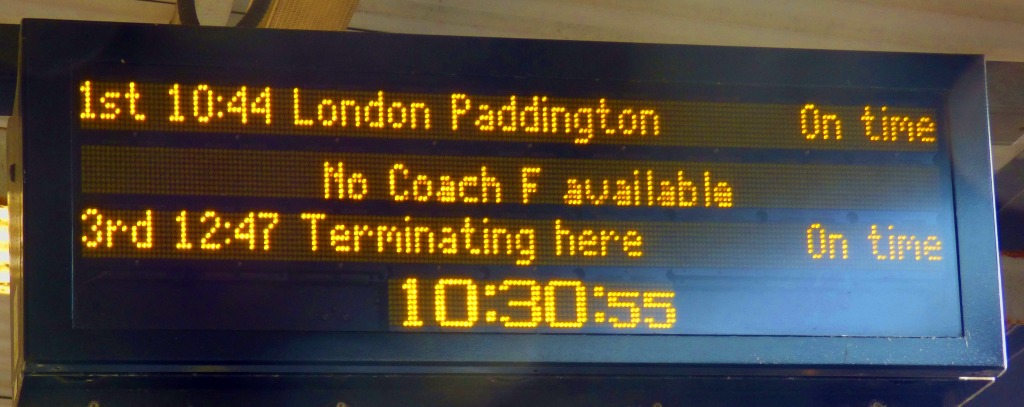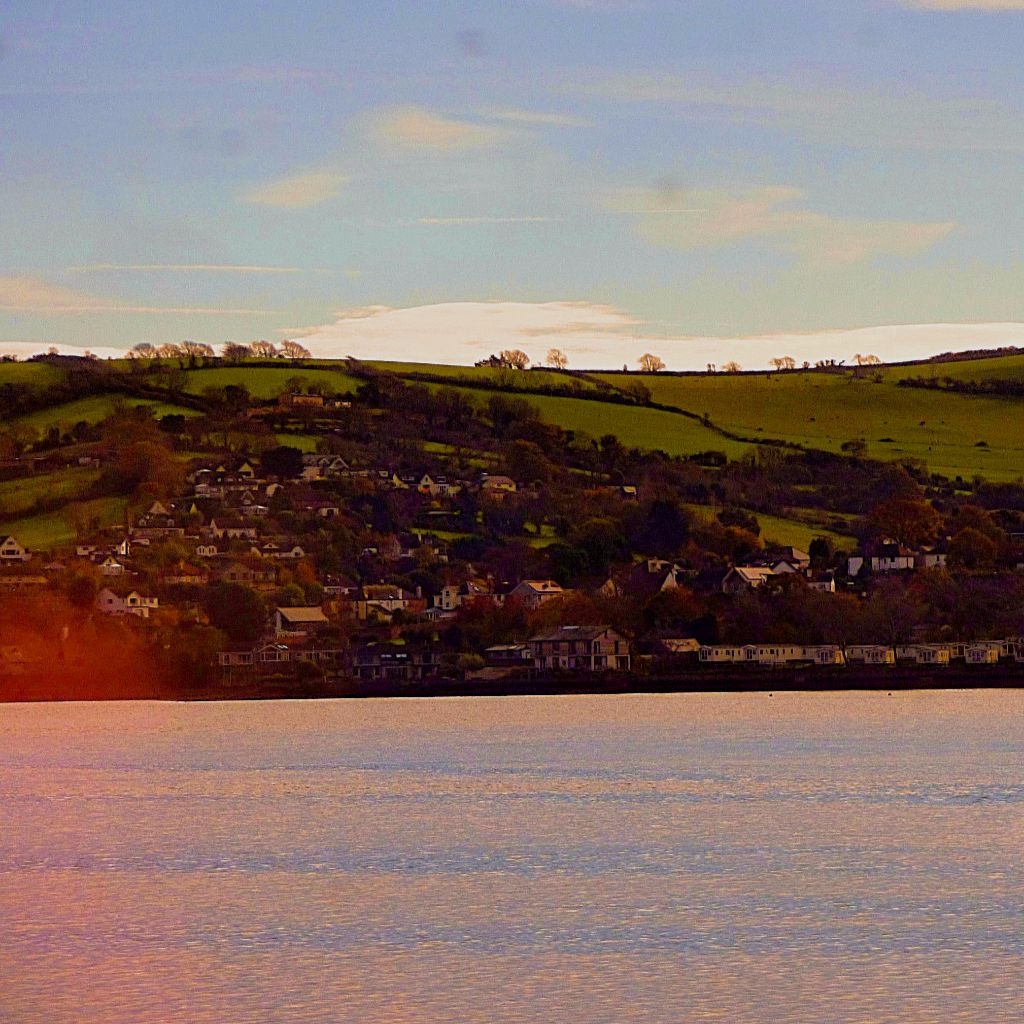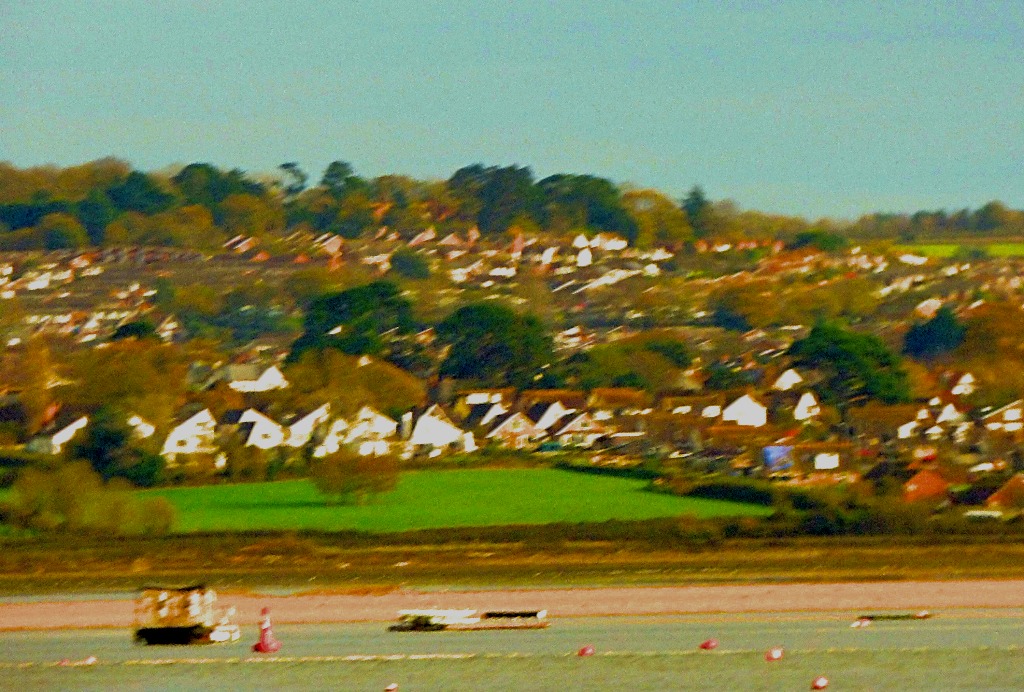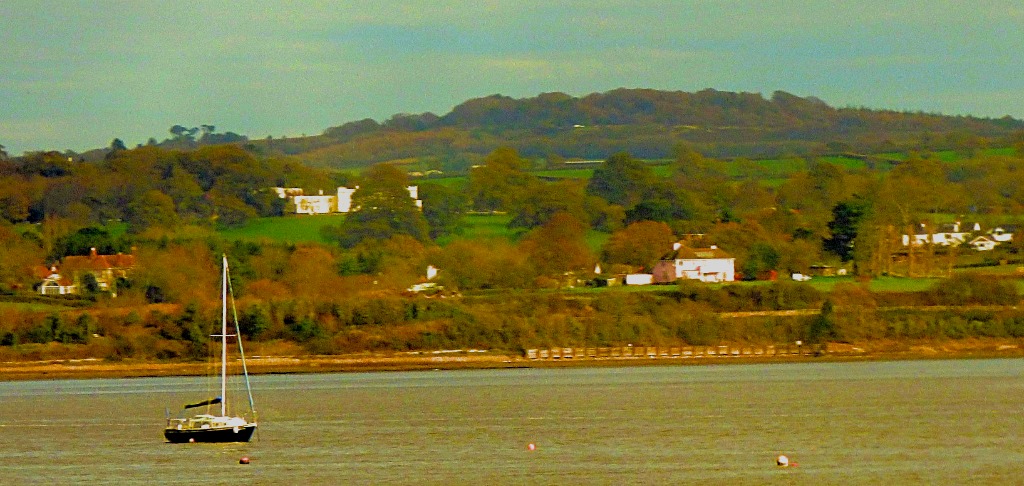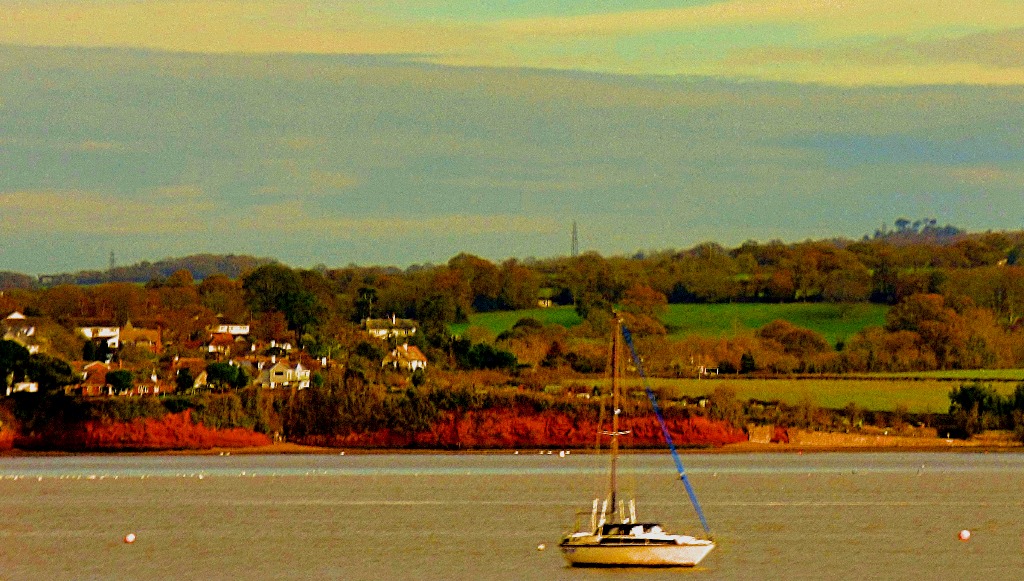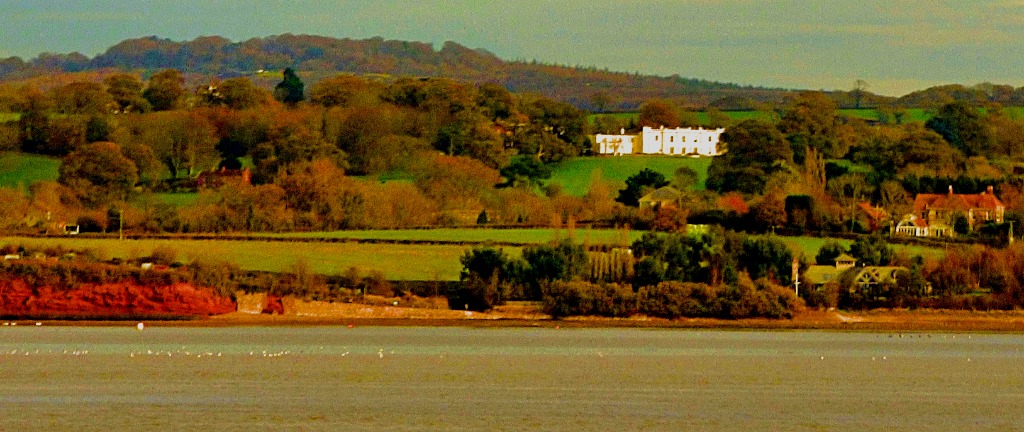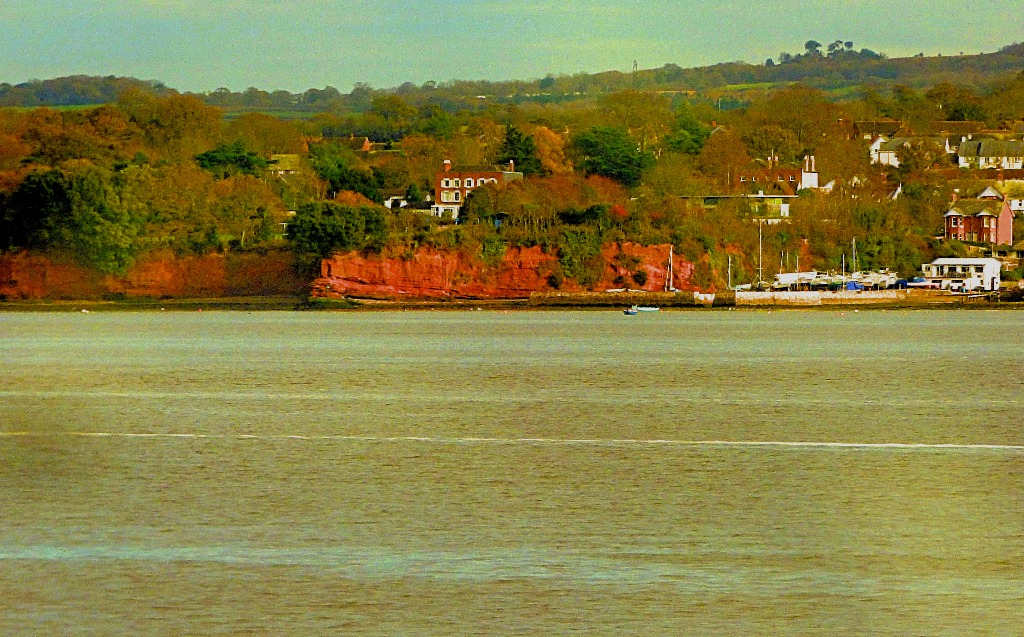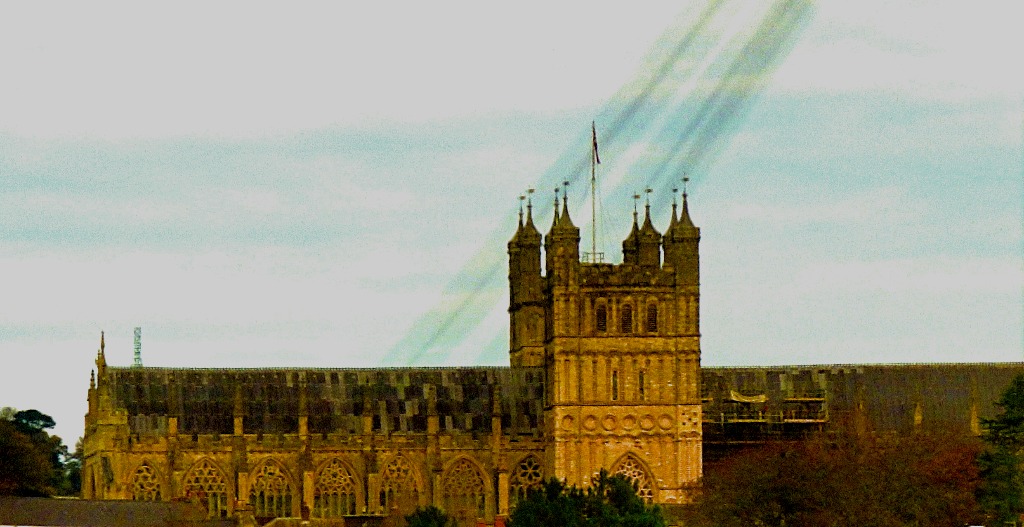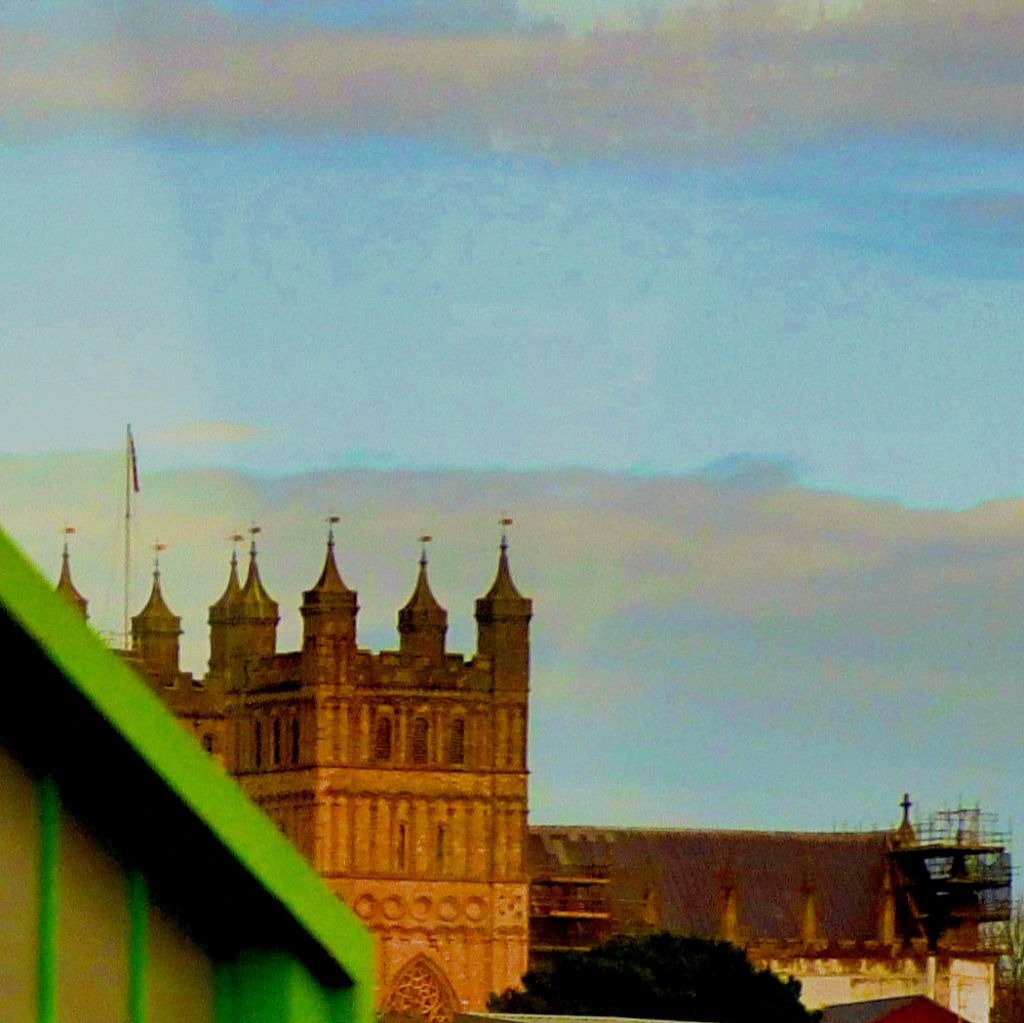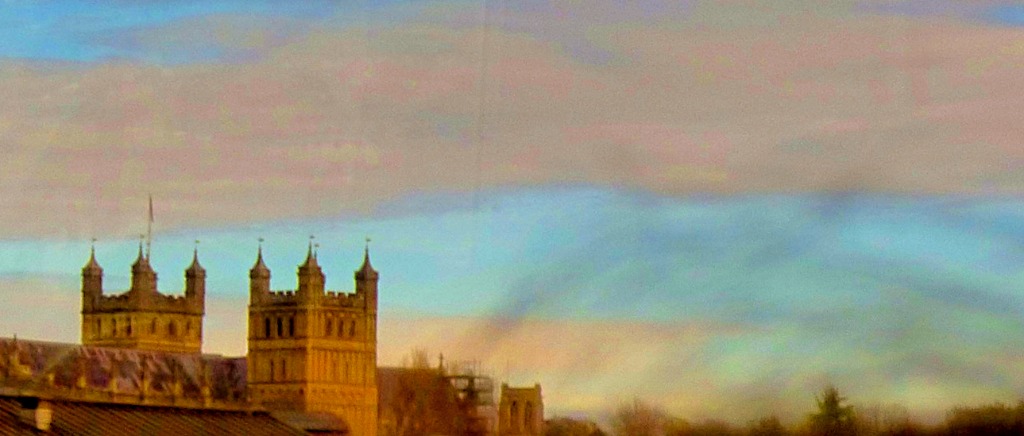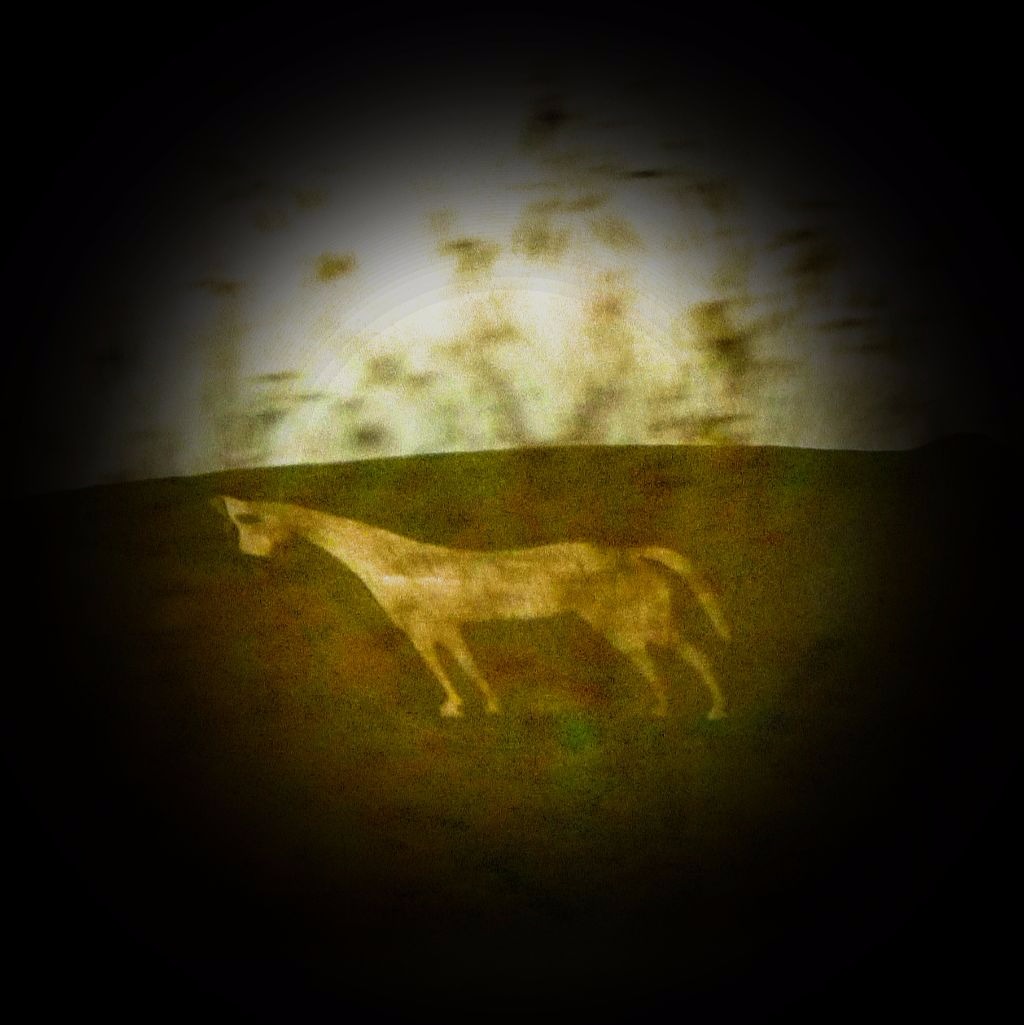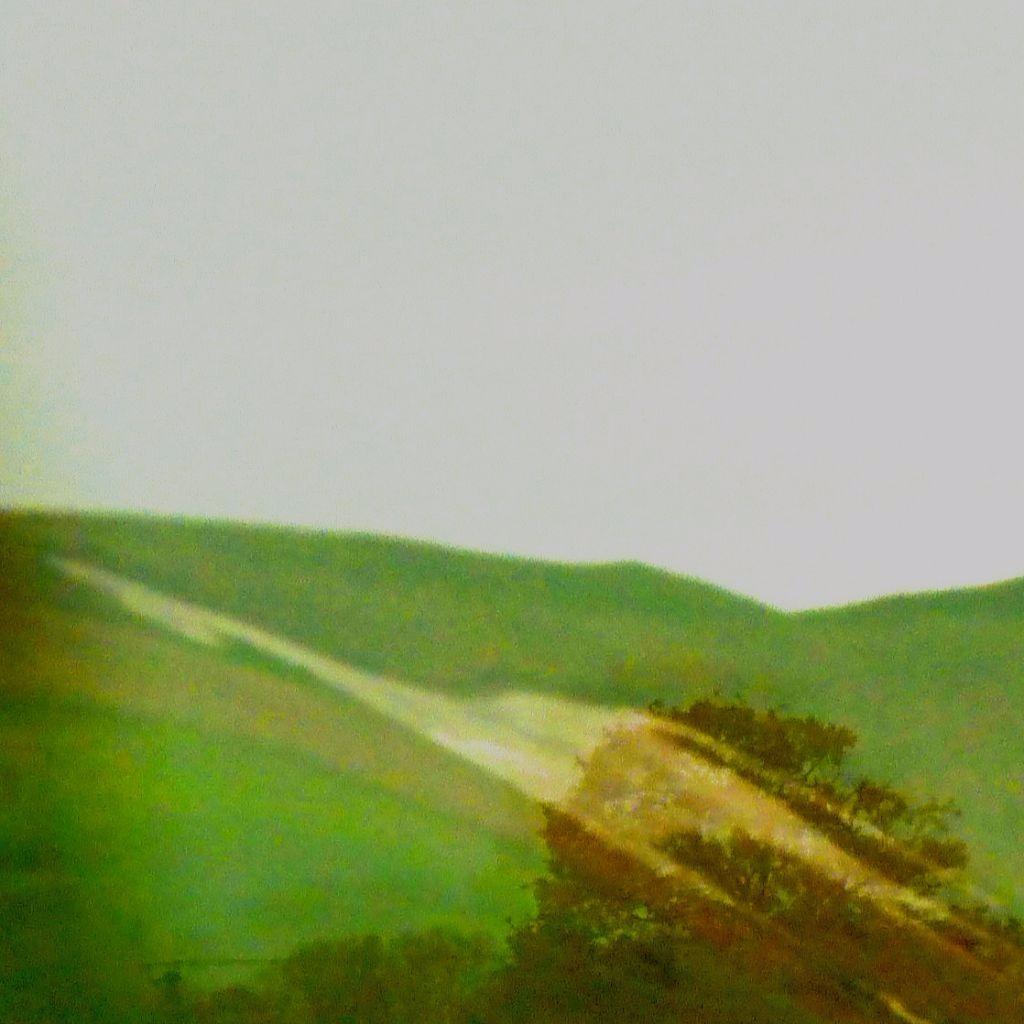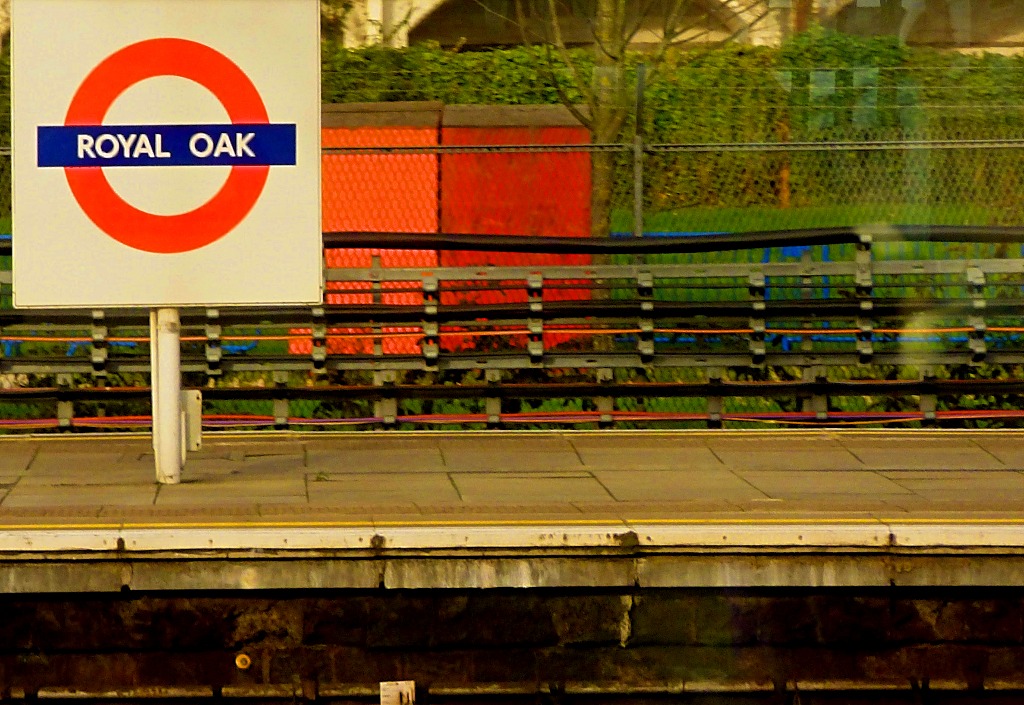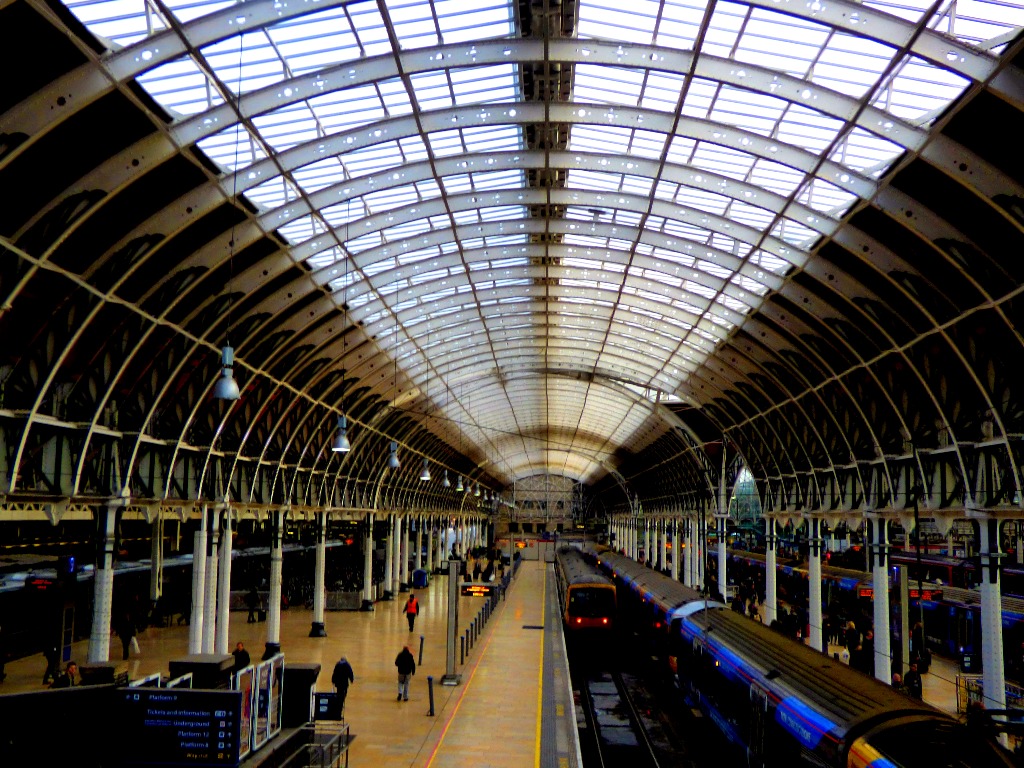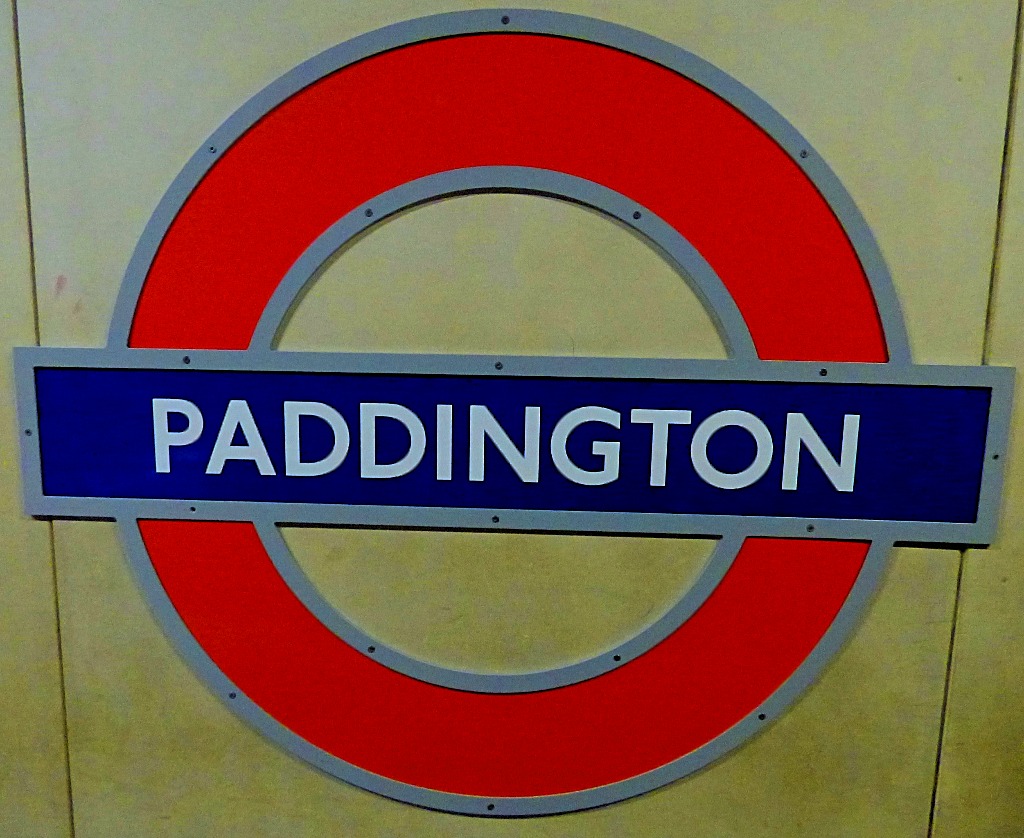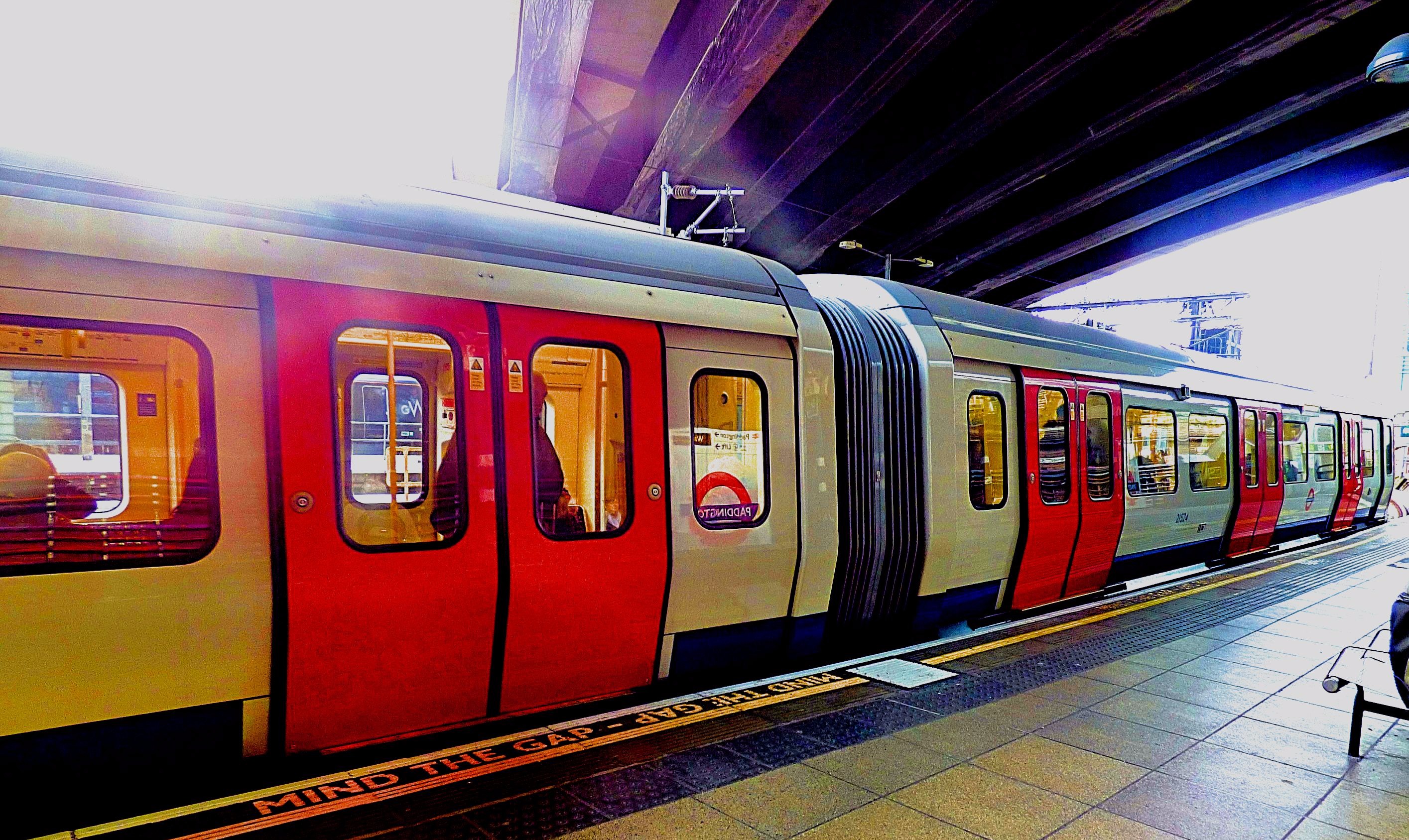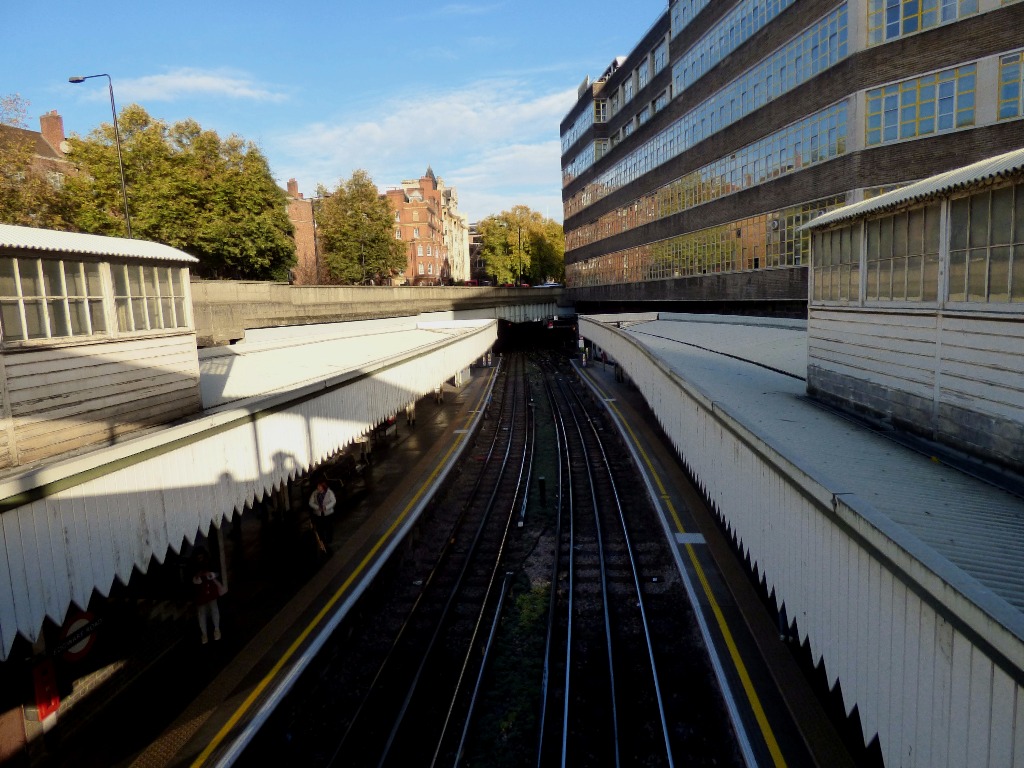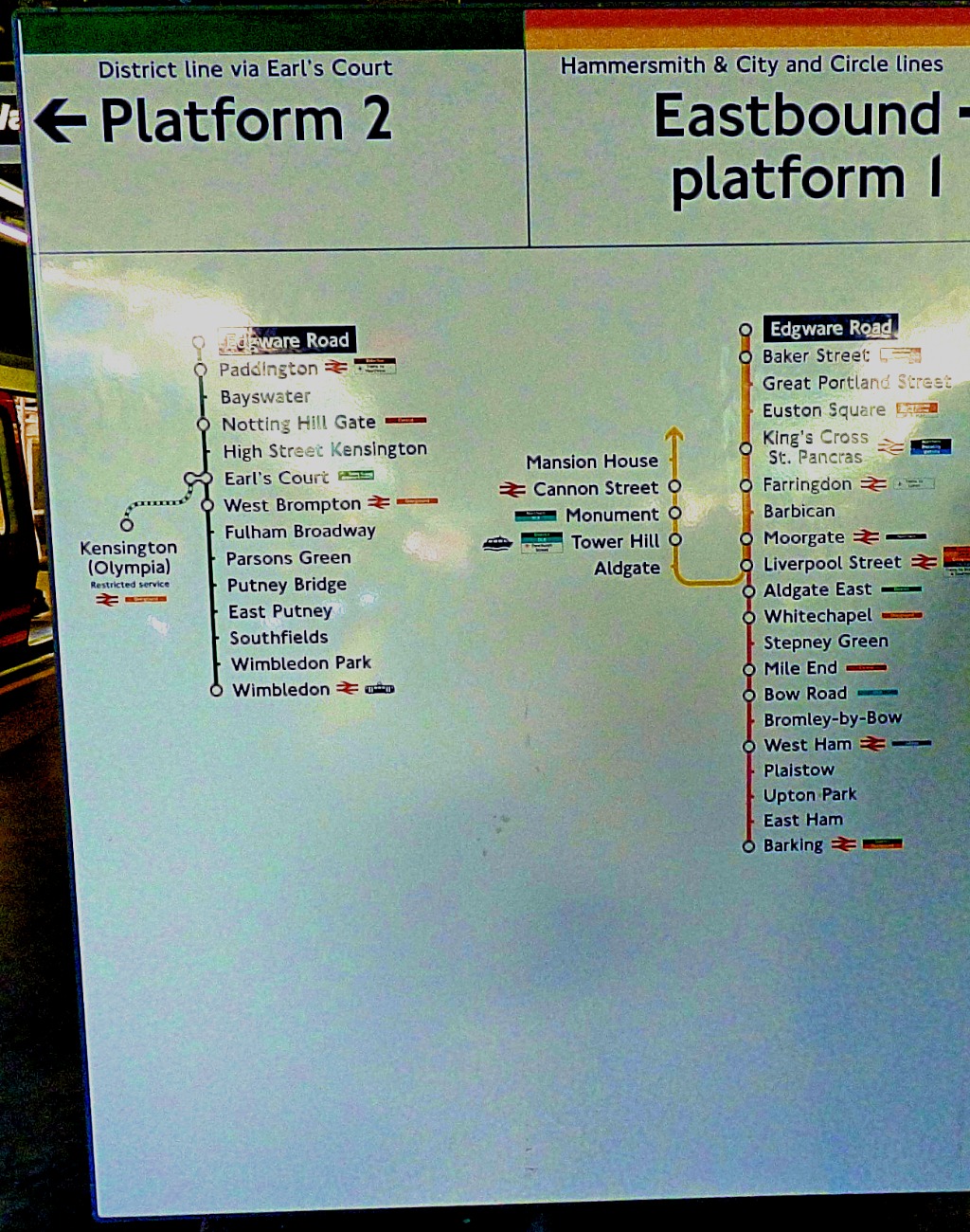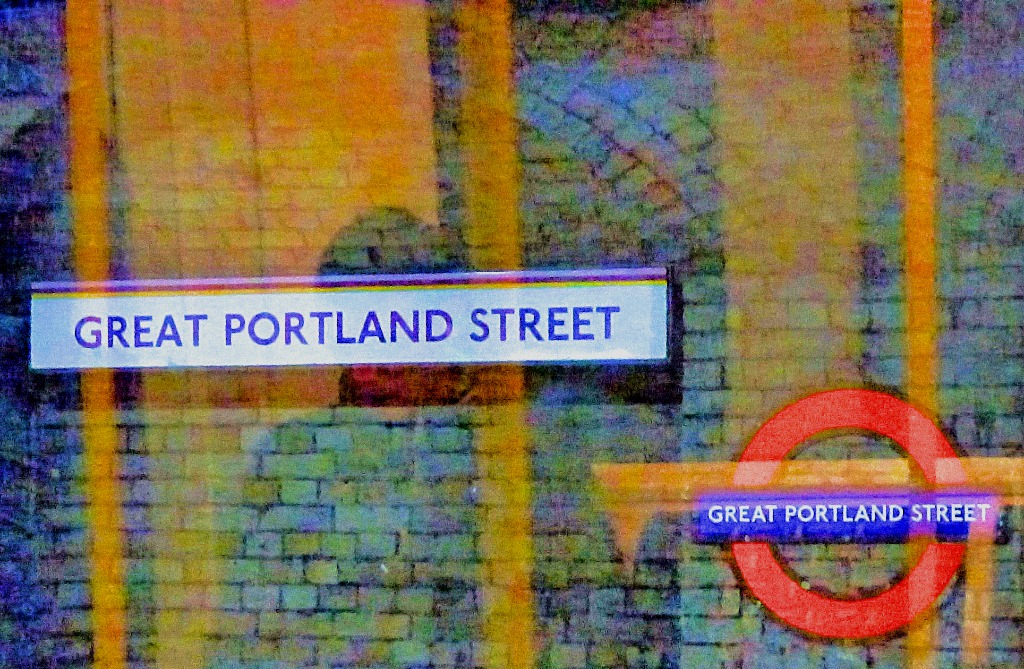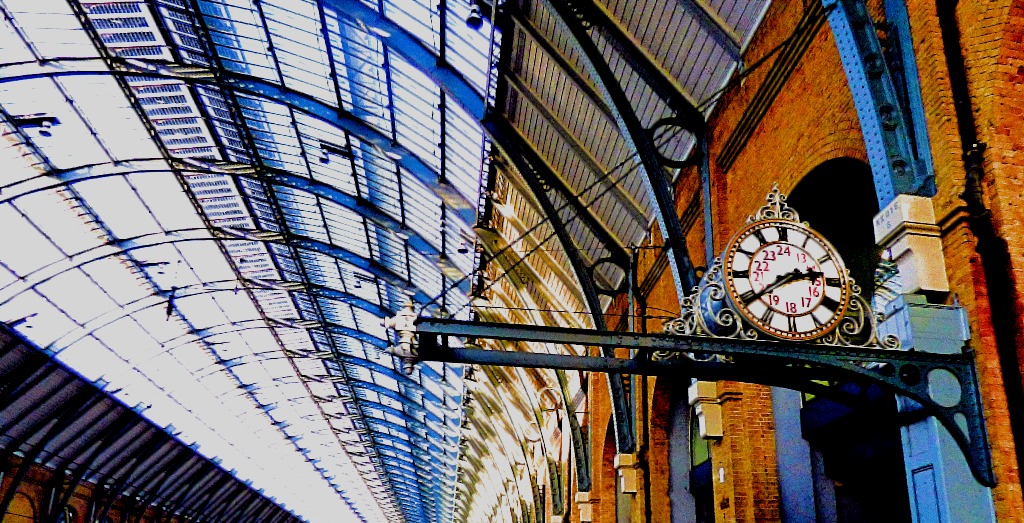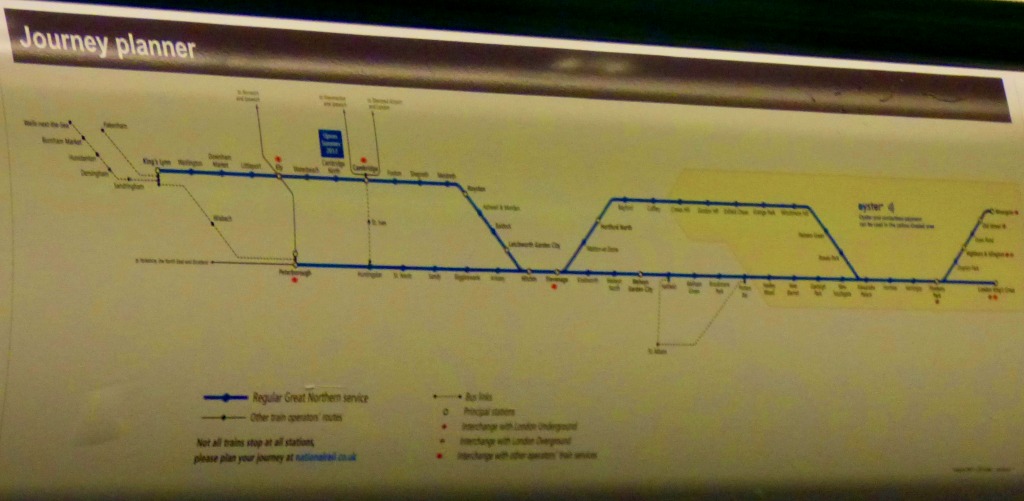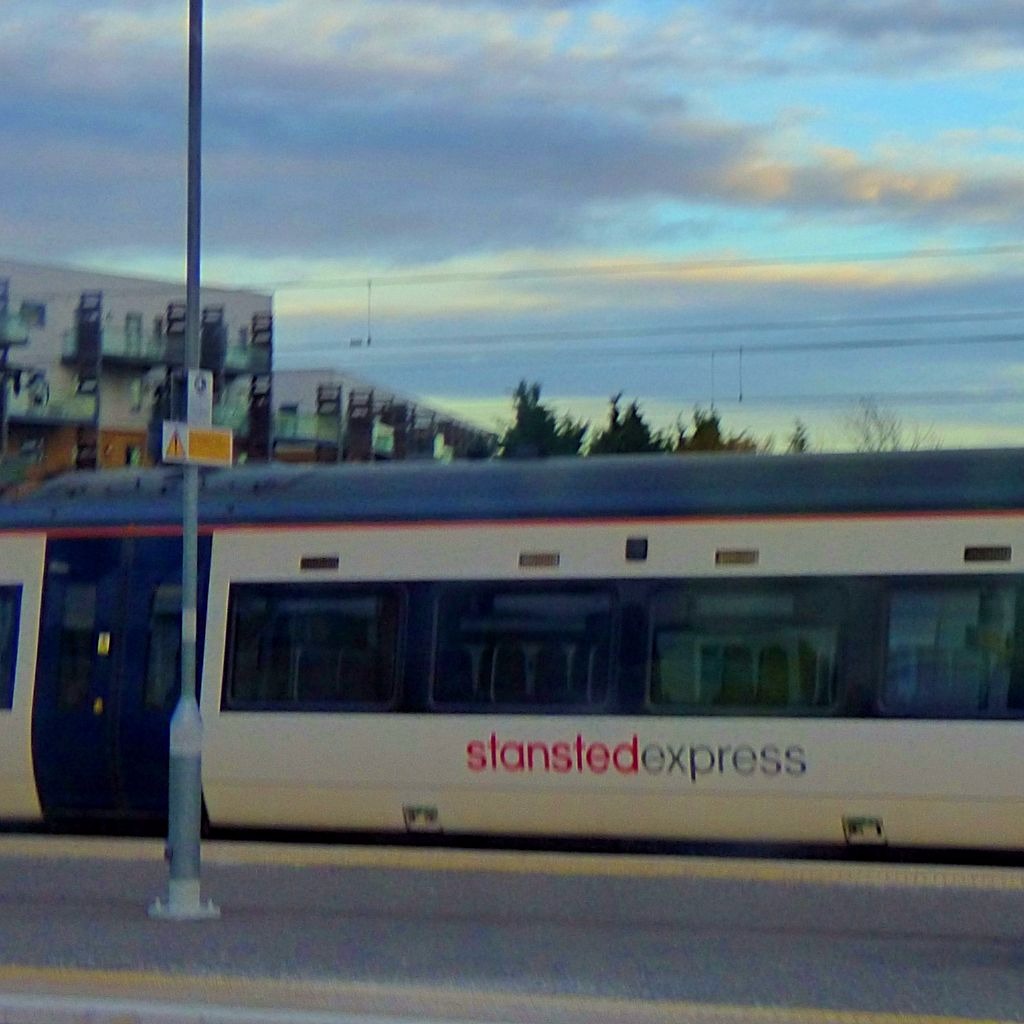The BBC have an exercise running inviting visitors to their cricket section to pick a team of the tournament which I have just done. I am going into a bit more detail here than the website allows and will list an official 12th man, something again prohibited.
THE XI IN BATTING ORDER
- +Quinton de Kock (South Africa, left handed opening batter, wicket keeper). A last hurrah in this format for one his country’s greatest ever limited overs players, and it has been one to remember, with a number of fantastic knocks.
- *Rohit Sharma (India, right handed opening batter, occasional off spinner, captain). He has led his side superbly and is very likely to be holding the trophy aloft in about 50 hours from now. His batting contributions even when not massive scores have made big impacts, getting India away to fast starts and taking pressure off those coming in later.
- Rachin Ravindra (New Zealand, left handed batter, part time left arm orthodox spinner). This has been a break out tournament for the Indian born New Zealand left hander, and he has had moments with the ball as well as with the bat.
- Virat Kohli (India, right handed batter, occasional right arm medium pacer). Has had a great tournament, in the course of which he has become the first to reach the career landmark of 50 ODI centuries.
- Azmatullah Omarzai (Afghanistan, right handed batter, right arm medium fast bowler). The young all rounder has been consistently impressive for a side who punched way above their weight at this tournament, making a very serious run at qualifying for the semi-final (at the opposite end of the punching vs weight scale would be England who failed to land a blow on anyone of any significance until it was far too late to be of any use to them).
- KL Rahul (India, right handed batter, occasional wicket keeper). Has been a steady hand when India have needed one – in their very first match of the tournament he came in at 2-3, when it seemed like all the good work of the bowlers could be going to waste and saw his side to victory, and there have been many other notable performances from him since then.
- Ravindra Jadeja (India, left handed batter, left arm orthodox spinner). Has made some useful contributions as India’s last recognized batter and has always been tidy with the ball. He is also probably the finest fielder of his generation, and has had a major impact in that department as well.
- Mohammad Shami (India, right arm fast bowler, right handed batter). The 8-11 in this team may need some rejigging in terms of where they actually bat – I was concerned to get the right bowlers, and not overly worried about their actual positions. He was not initially in the Indian starting line up, but has been superb since getting the chance. In the semi-final against New Zealand he became the first Indian ever to take a seven-for in an ODI, and he is for me a shoo-in for Player of the Tournament even if he doesn’t have a great day on Sunday.
- Gerald Coetzee (South Africa, right arm fast bowler, right handed batter). Has bowled with fire and enthusiasm – he has the best wicket celebration of any bowler at this tournament, a celebration he has been able to demonstrate quite frequently.
- Jasprit Bumrah (India, right arm fast bowler, right handed batter). One of the best bowlers of the current generation, and though his figures are not on a par with Shami’s, he has looked every inch the great bowler he is at this tournament.
- Adam Zampa (Australia, leg spinner, right handed batter). Has had an excellent tournament and is no small part of why his side have made the final. I have no witnessed enough of Zampa the white ball bowler to make a massive call and say that he is the best white ball leg spinner his country has ever had (yes in limited overs cricket he rates ahead of SKW for me).
- Glenn Maxwell (Australia, right handed batter, off spinner). He played on of the greatest ODI innings ever seen to win his side the match against Afghanistan, but unlike Omarzai who I selected he has not been consistently impressive. I have thus named him as 12th man.
This side his great batting power, a quality keeper, a reserve keeper available in the form of Rahul if needed and a stellar bowling unit. Omarzai as sixth bowler gives genuine flexibility in the unlikely event of one of the front five having a poor day.
ALTERNATIVES
Obviously, even with the tournament limited to ten teams, there has been an absolute galaxy of talent on display, and sensible cases could made for lots of the players concerned. Please feel free either to use the BBC cricket site’s tool to select your XI or use the comments section here to explain your thinking. This is my team of the tournament and I will stick to it. It is no coincidence that three of the the five front line bowlers have come from the team who I fully expect to see lift the trophy – it is the teams with the best bowling units who usually win out in the long term.
PHOTOGRAPHS
Time for my usual sign off…
